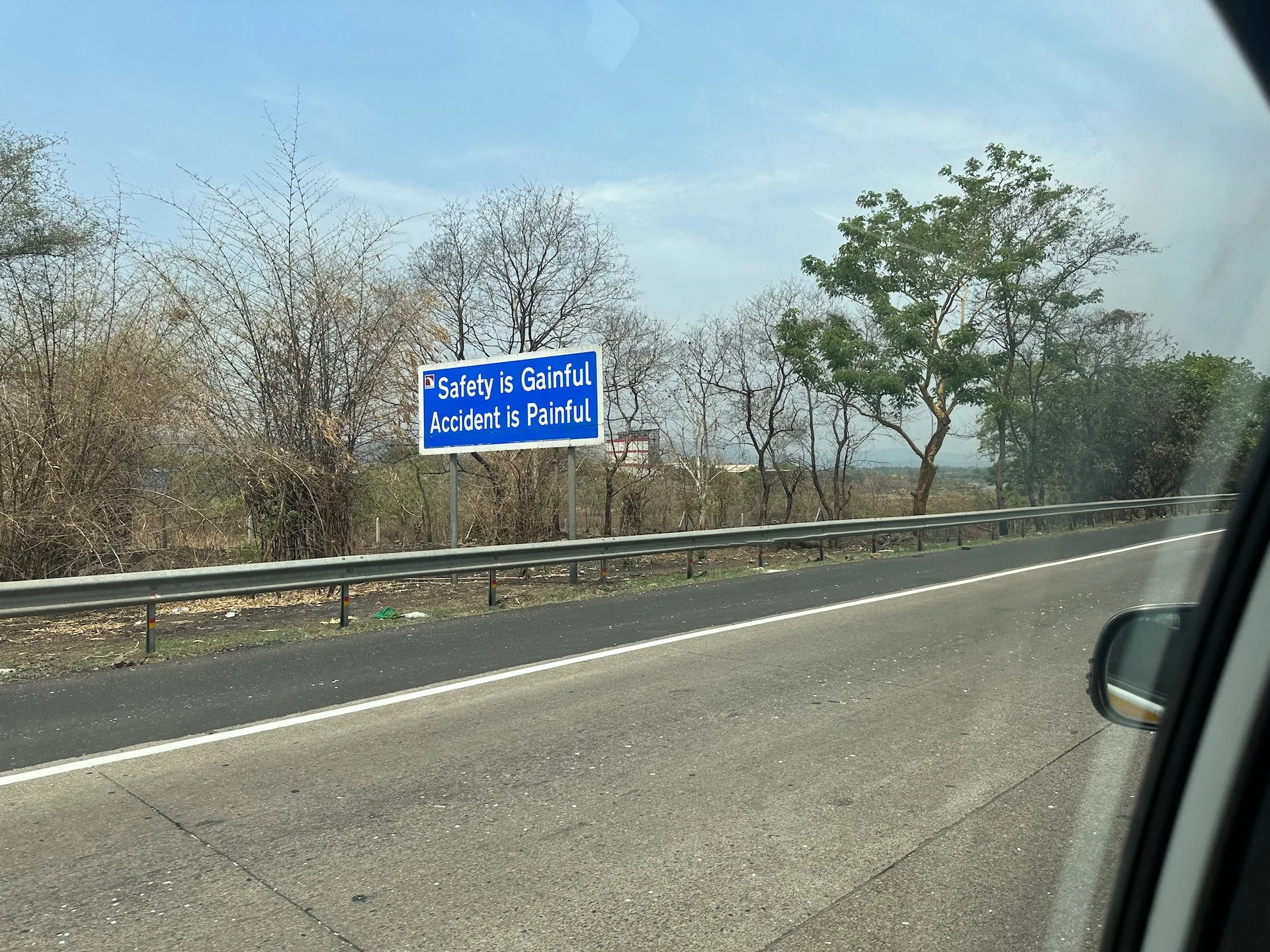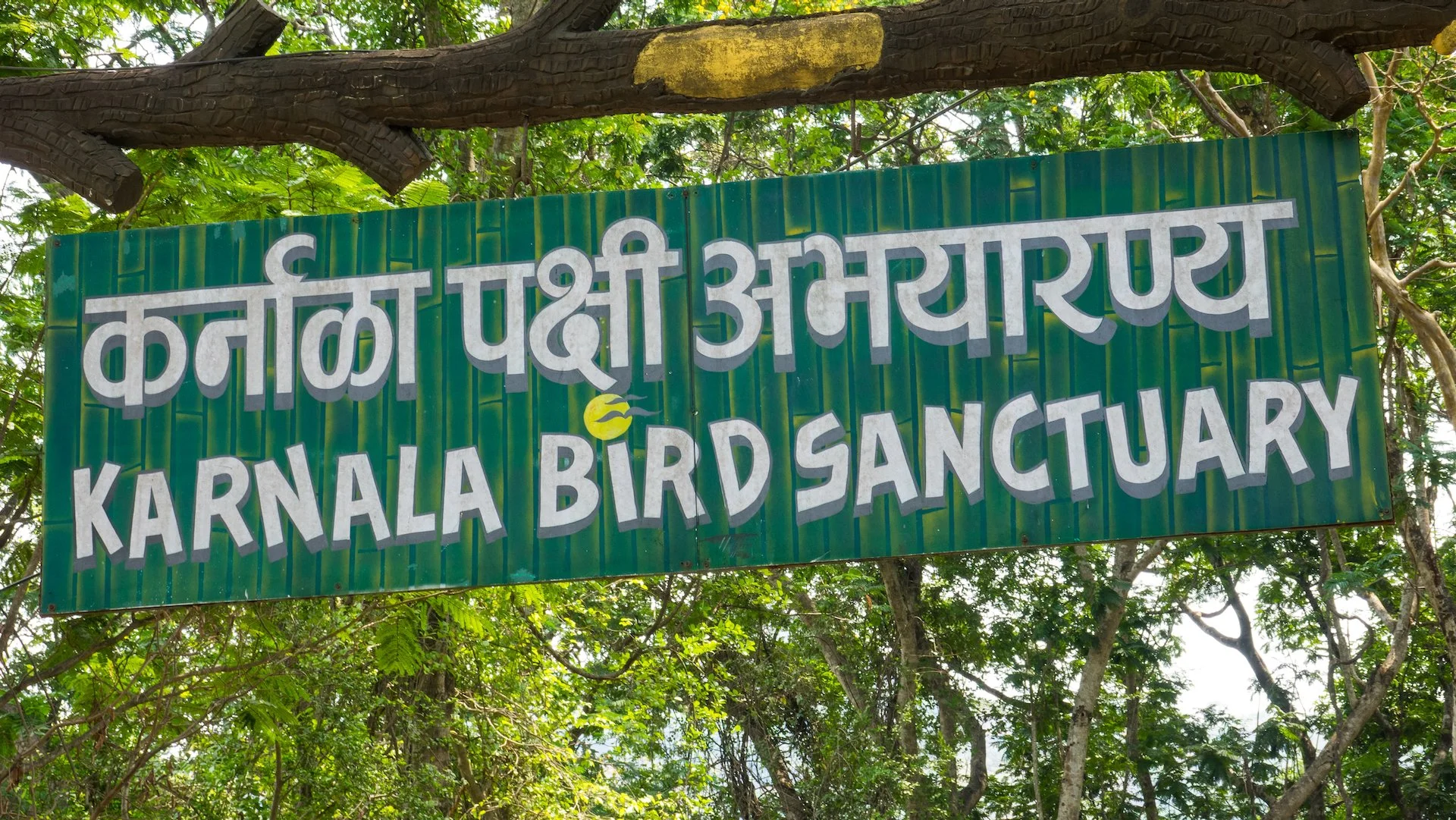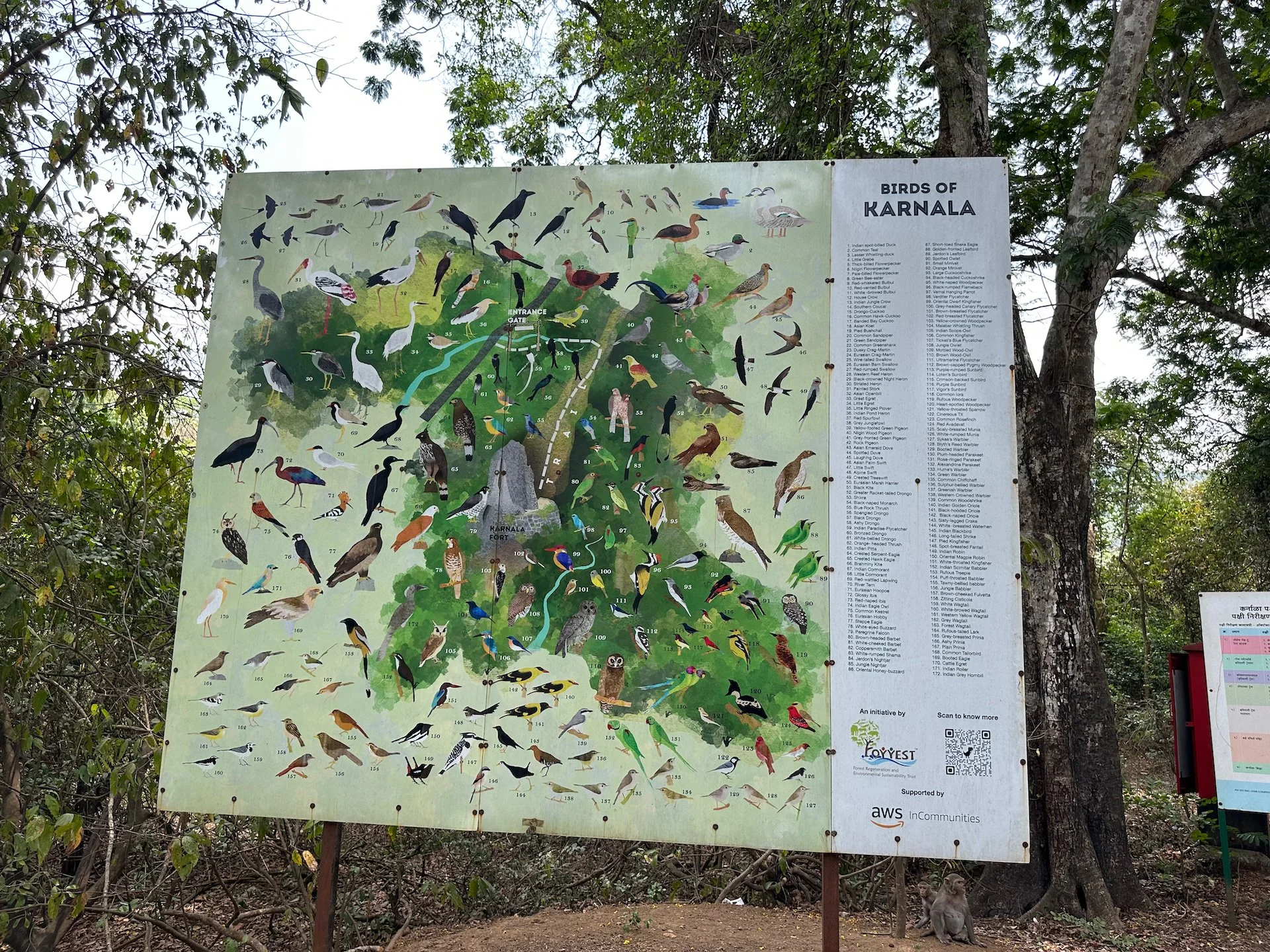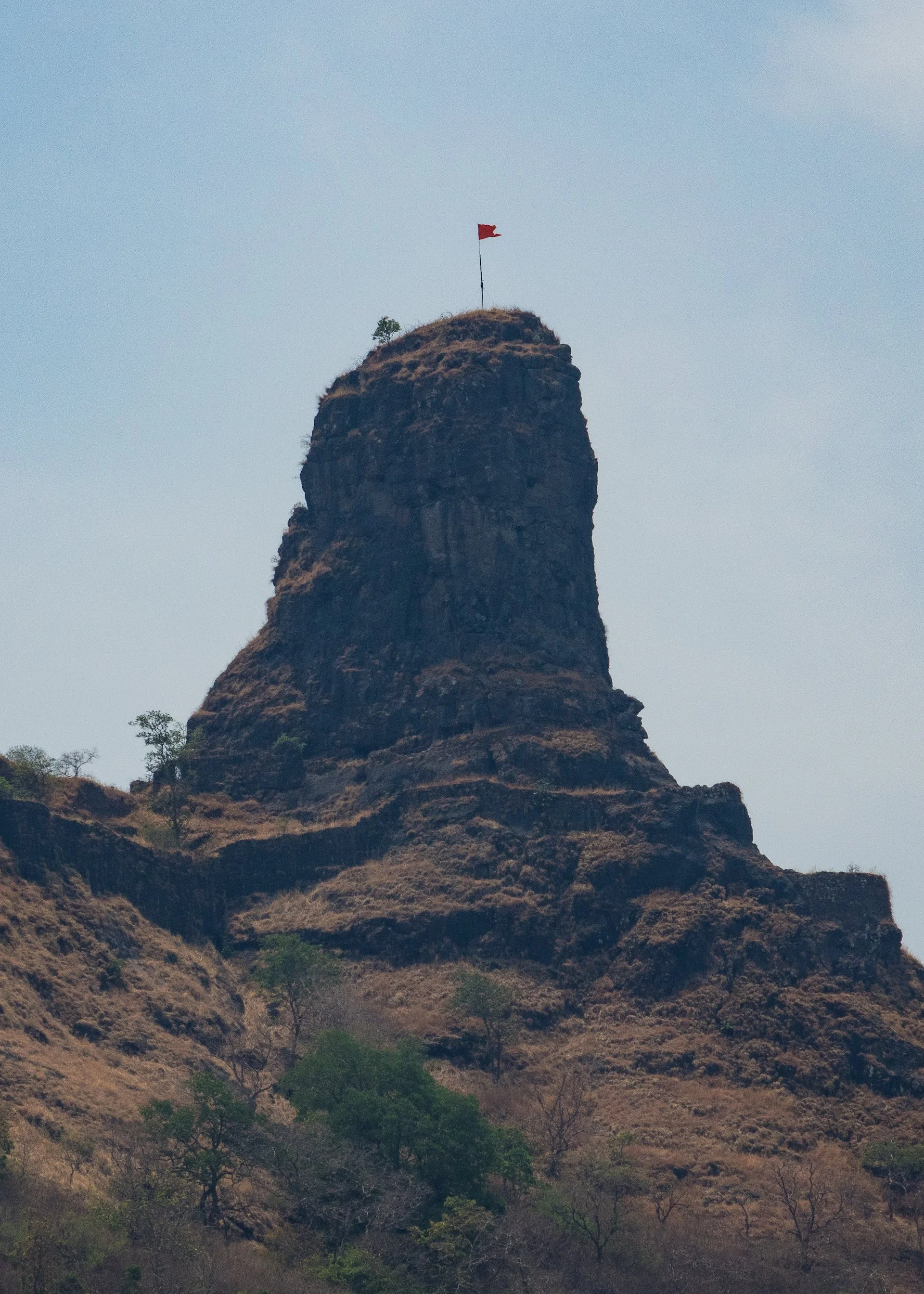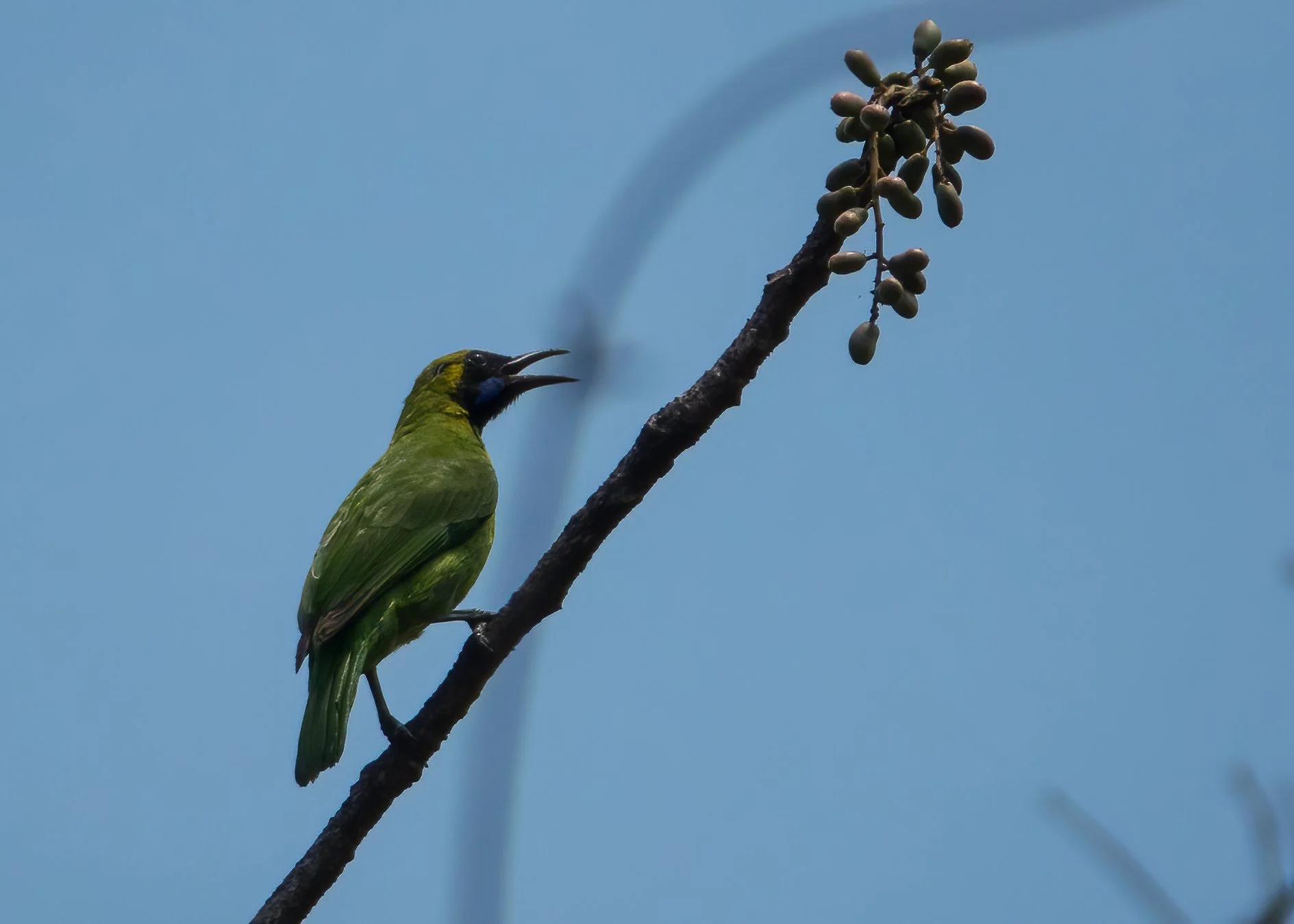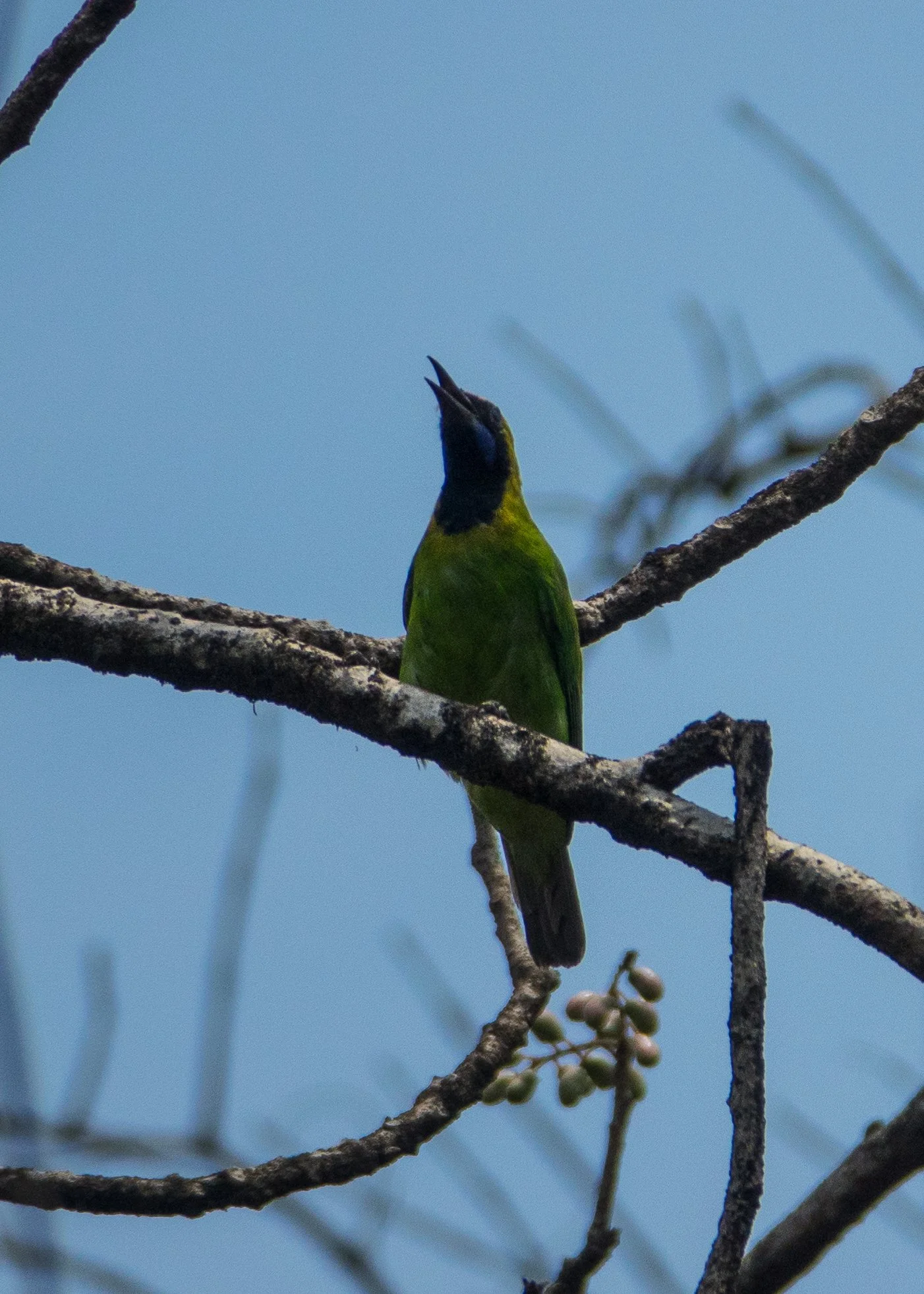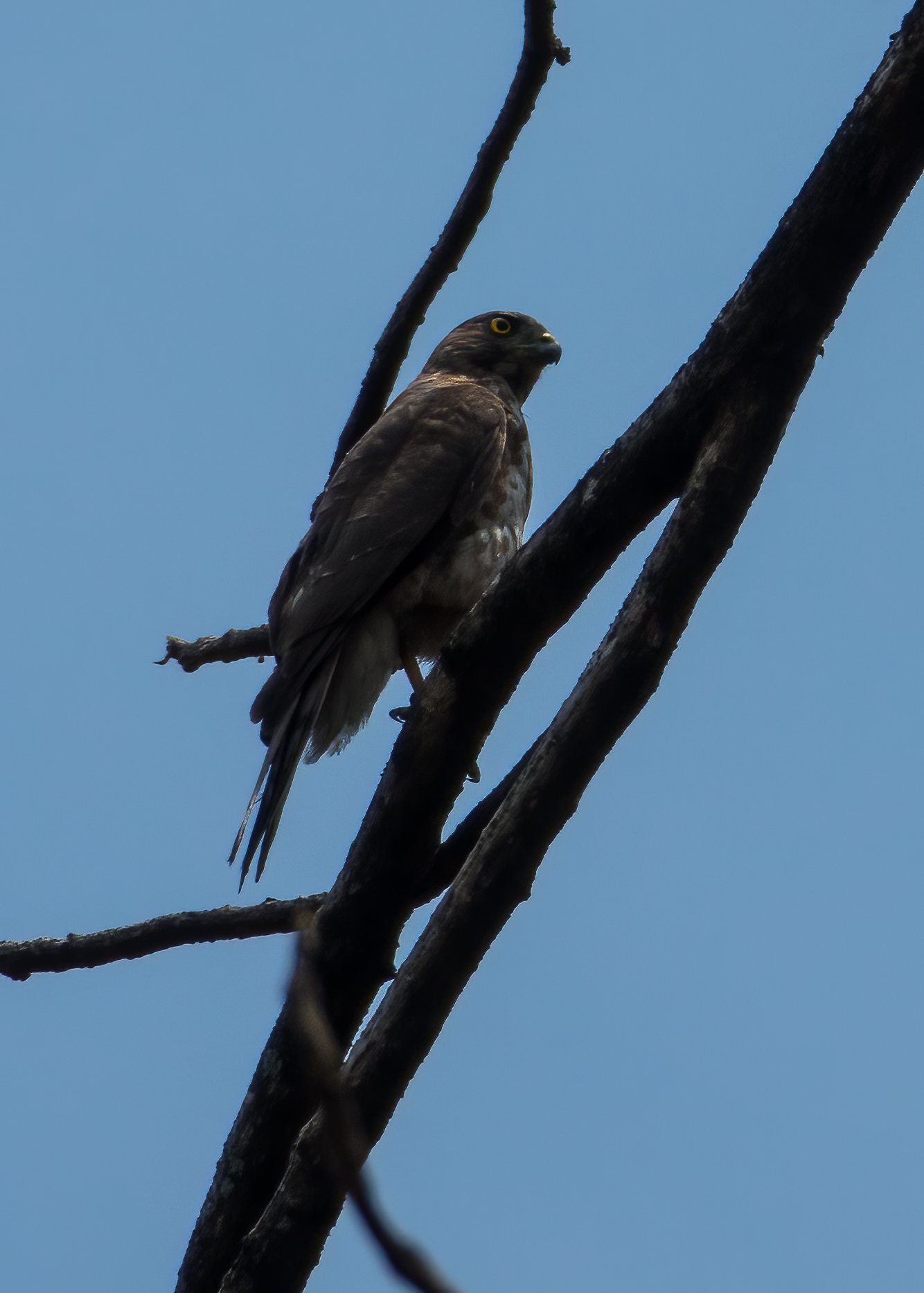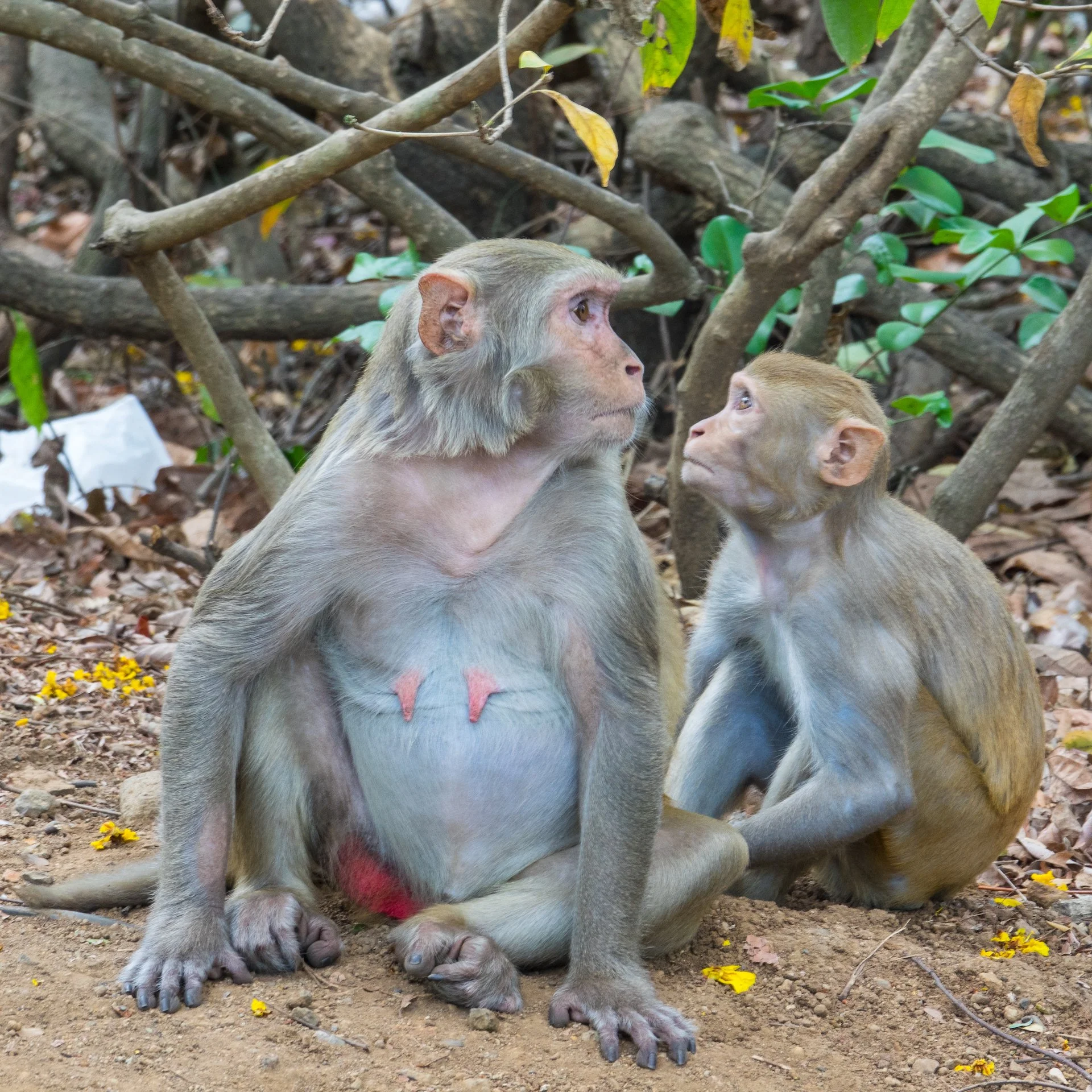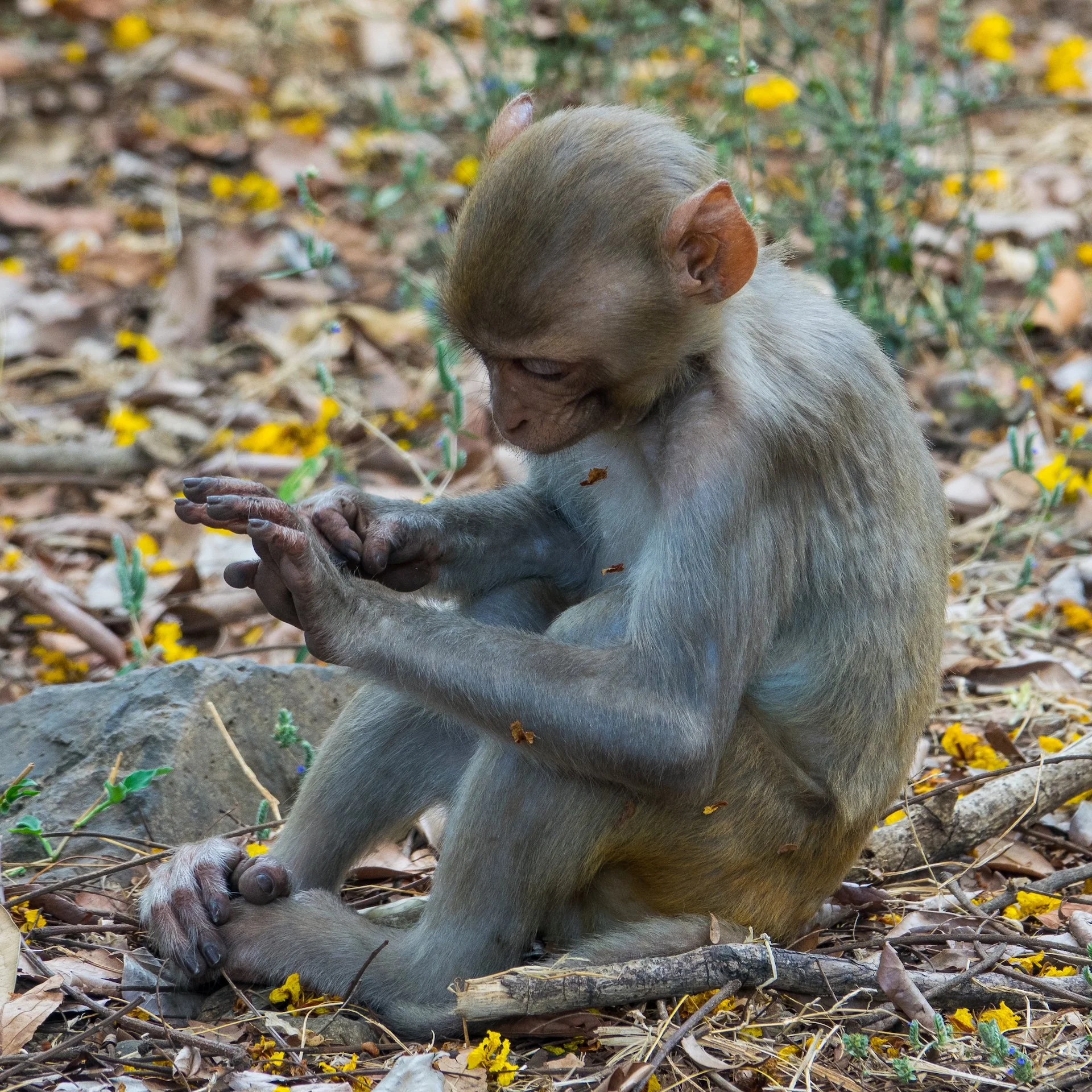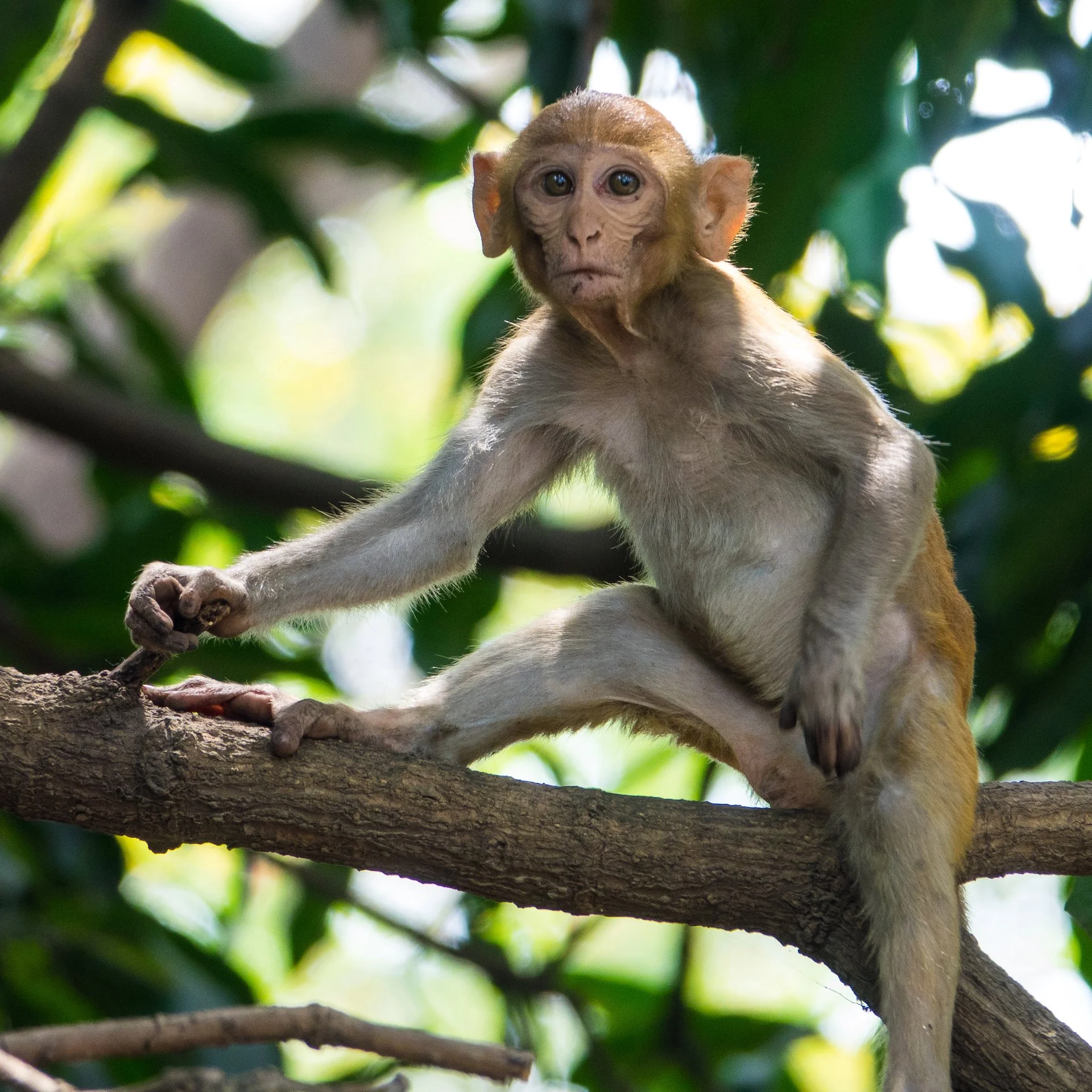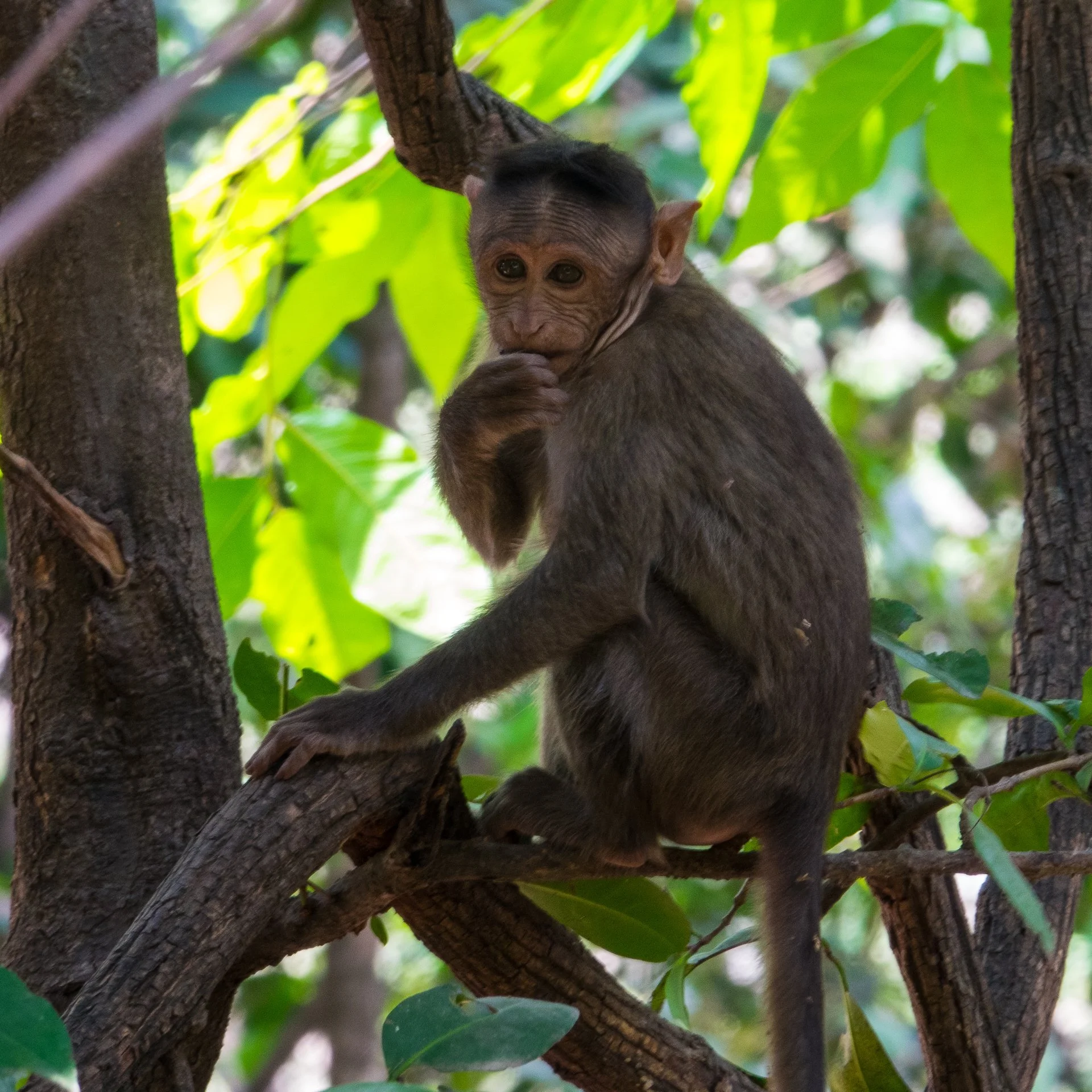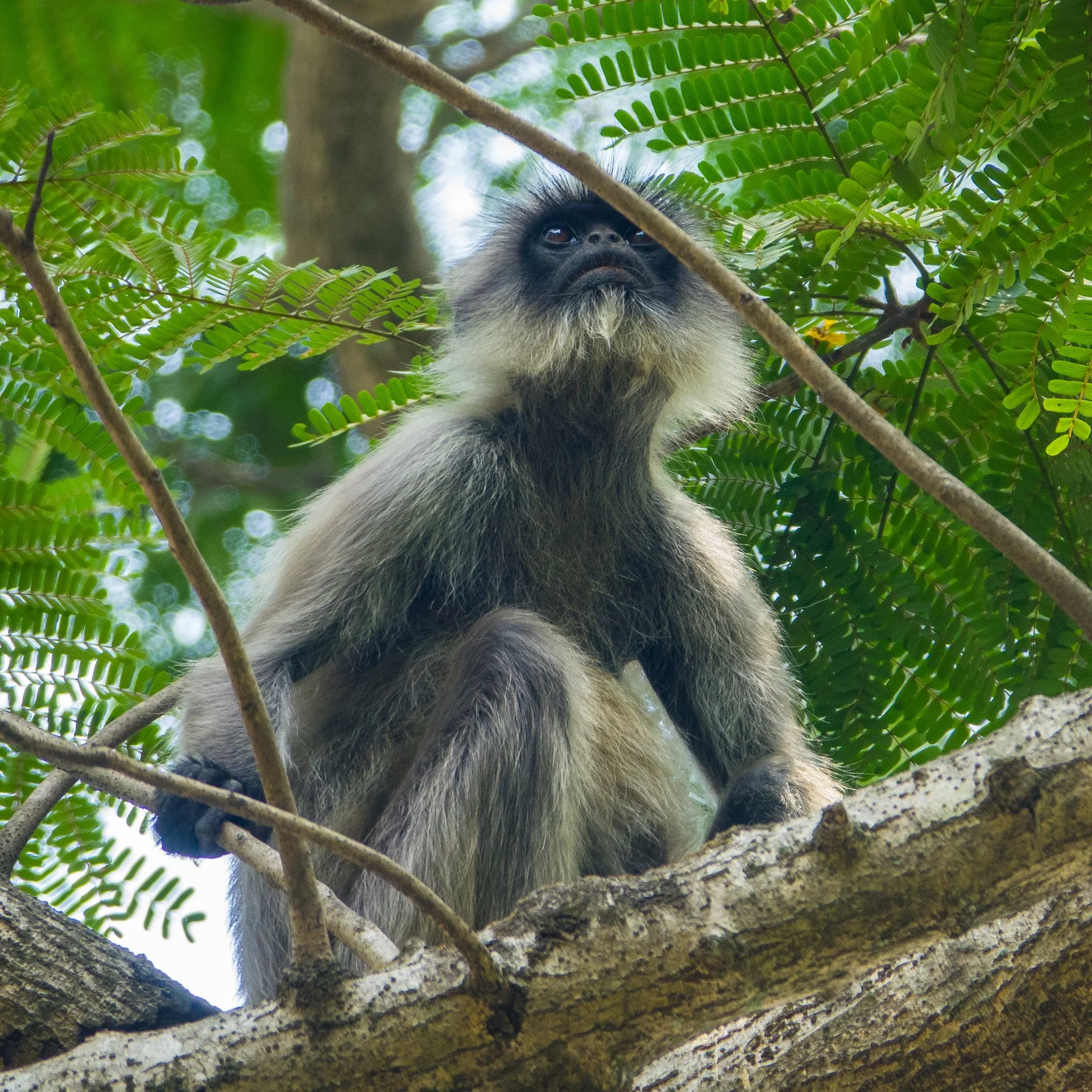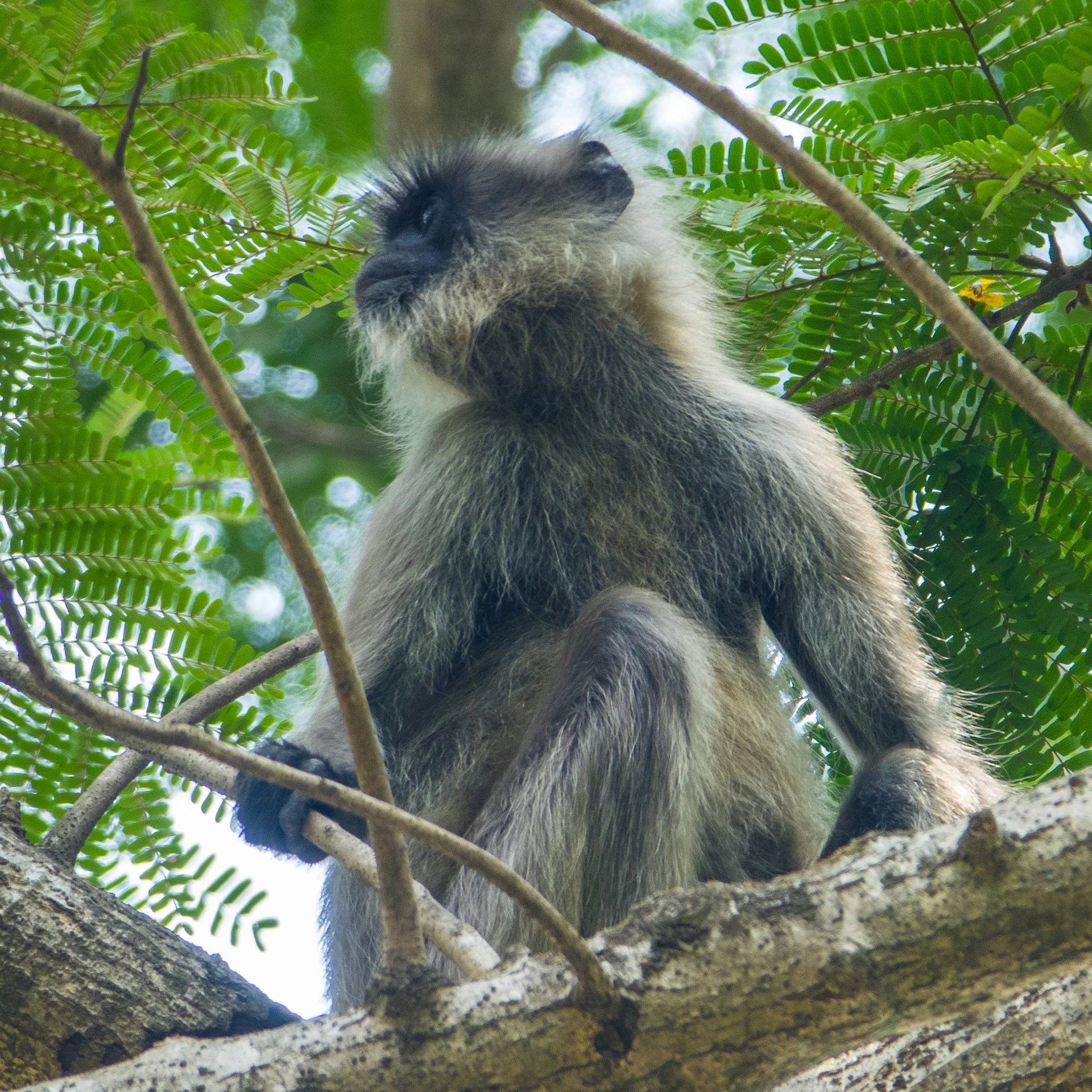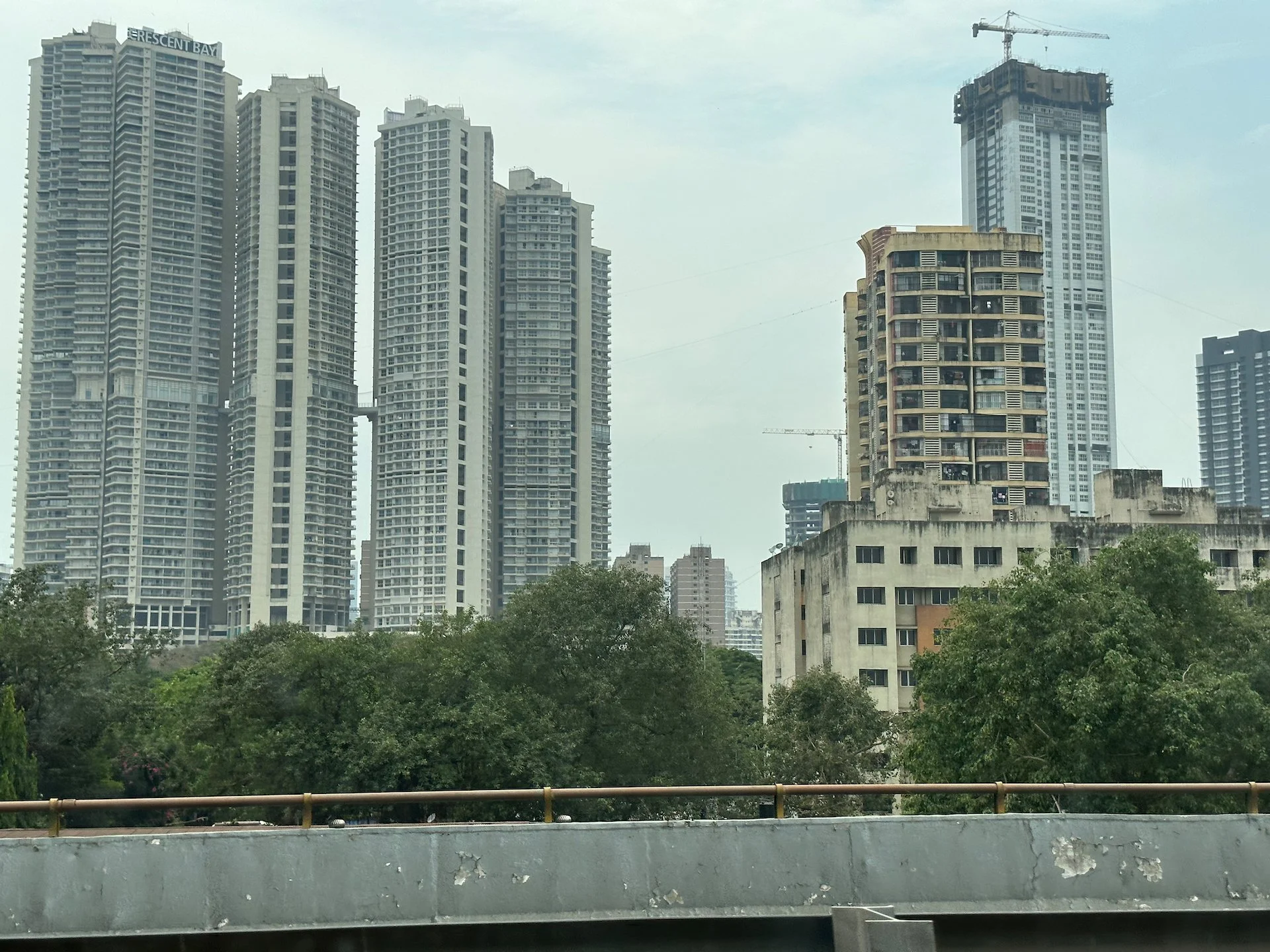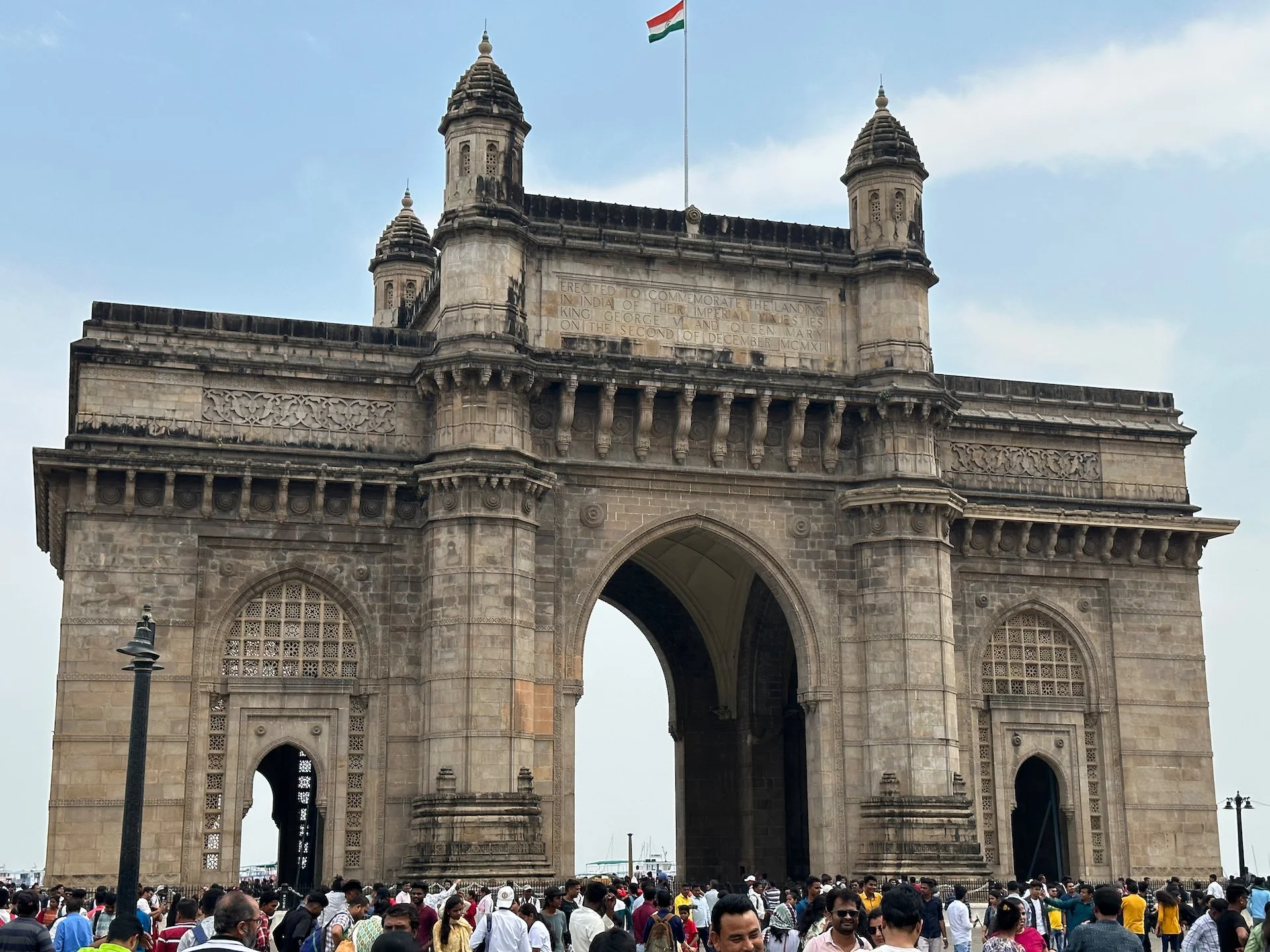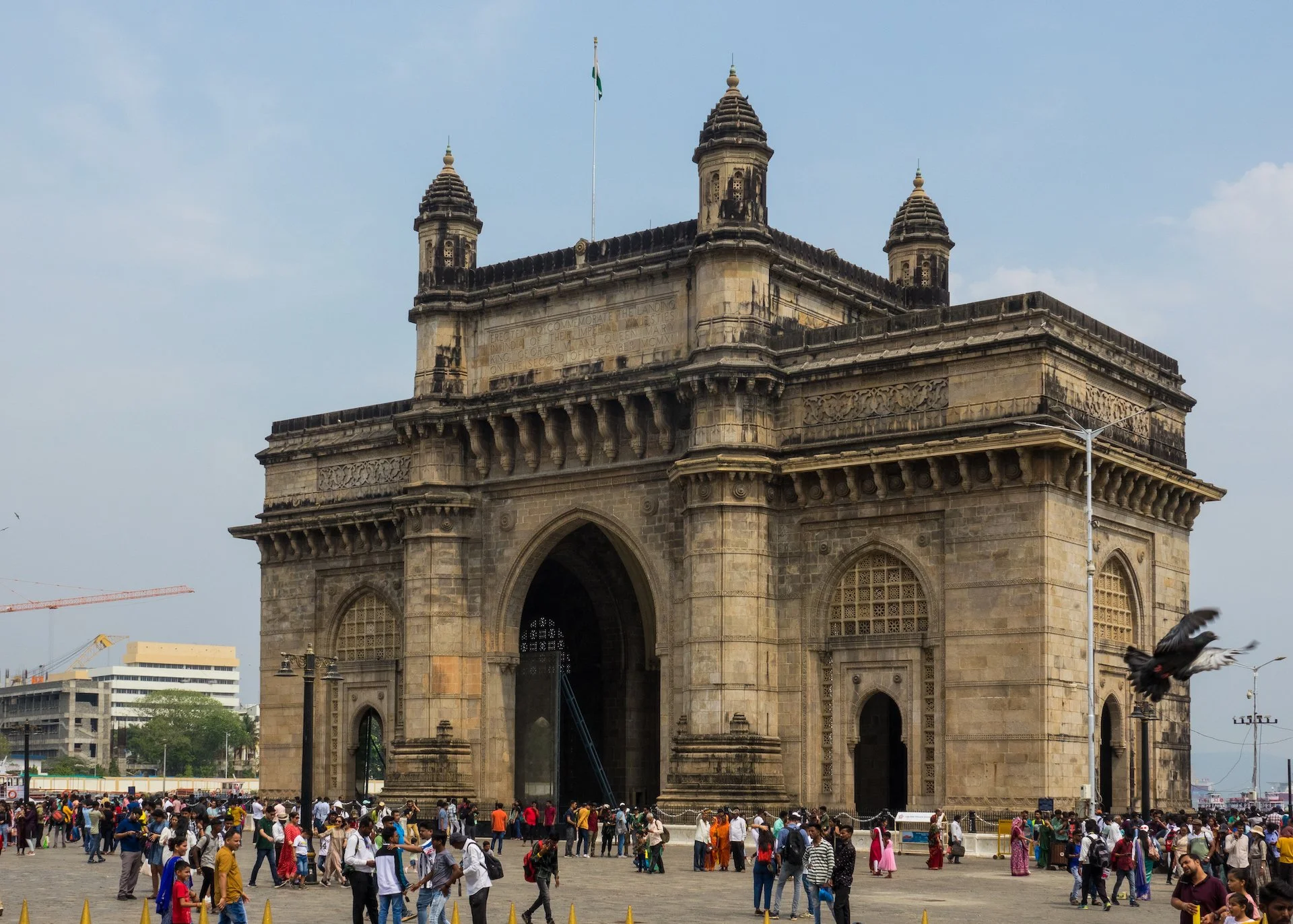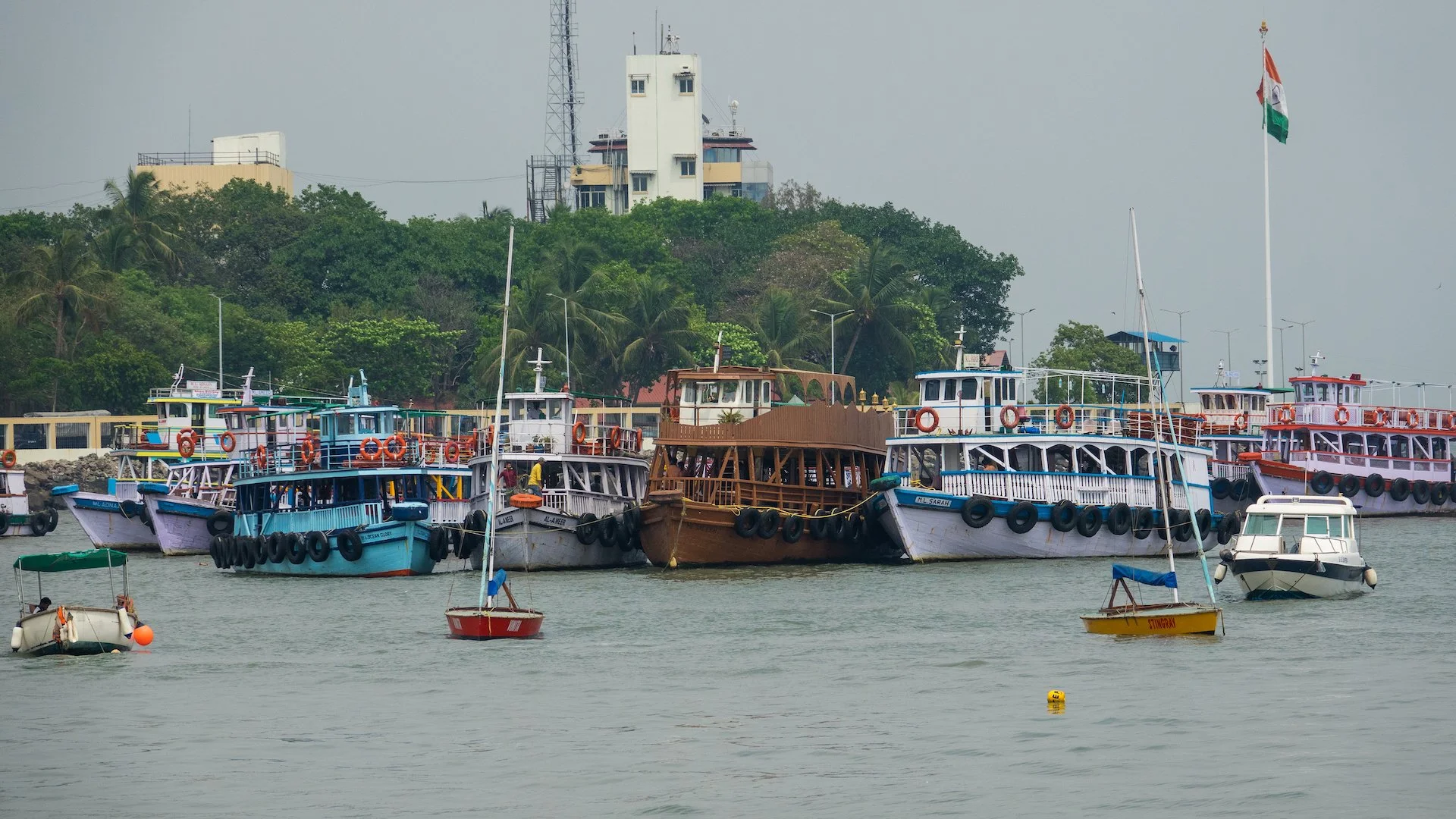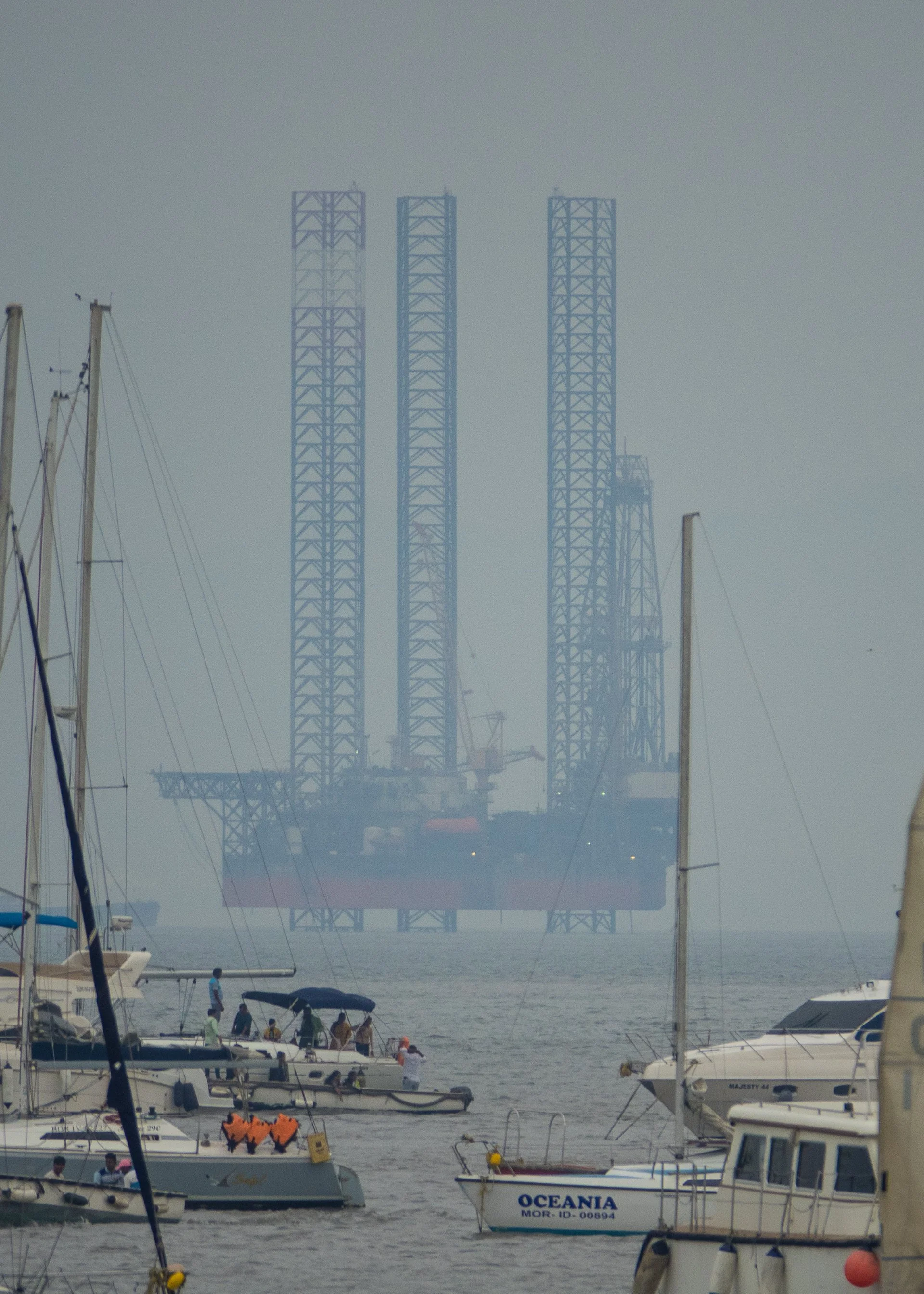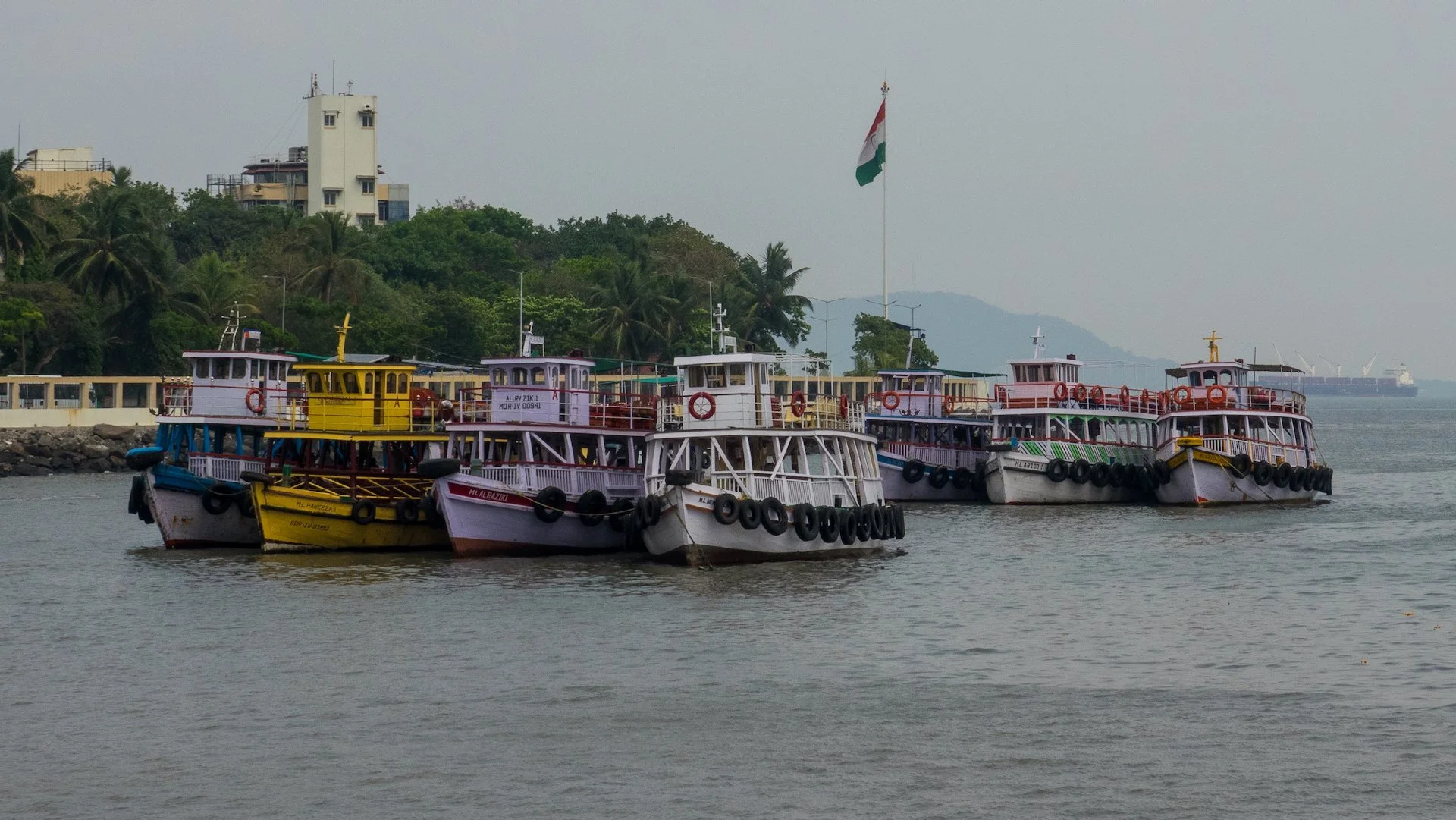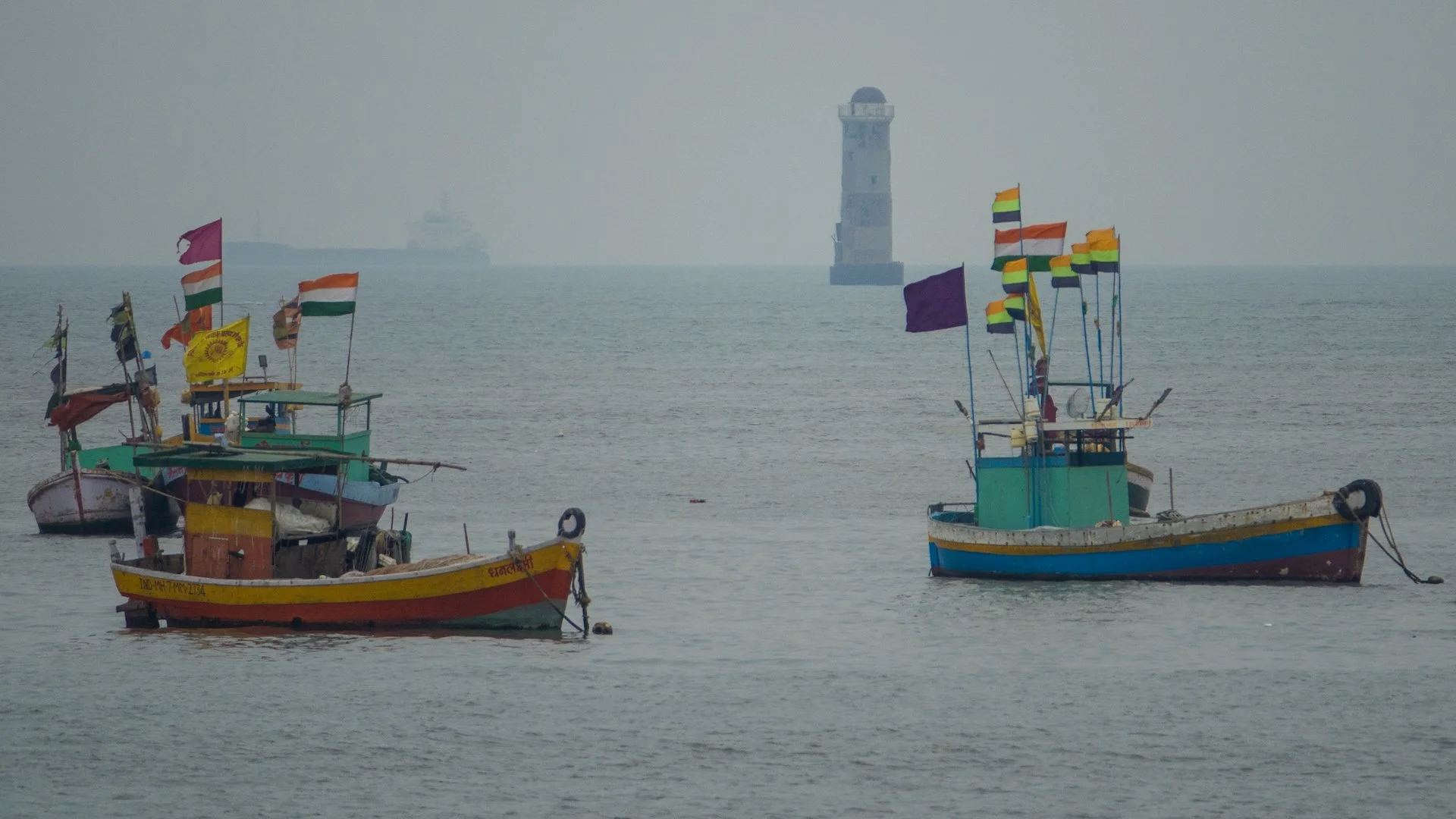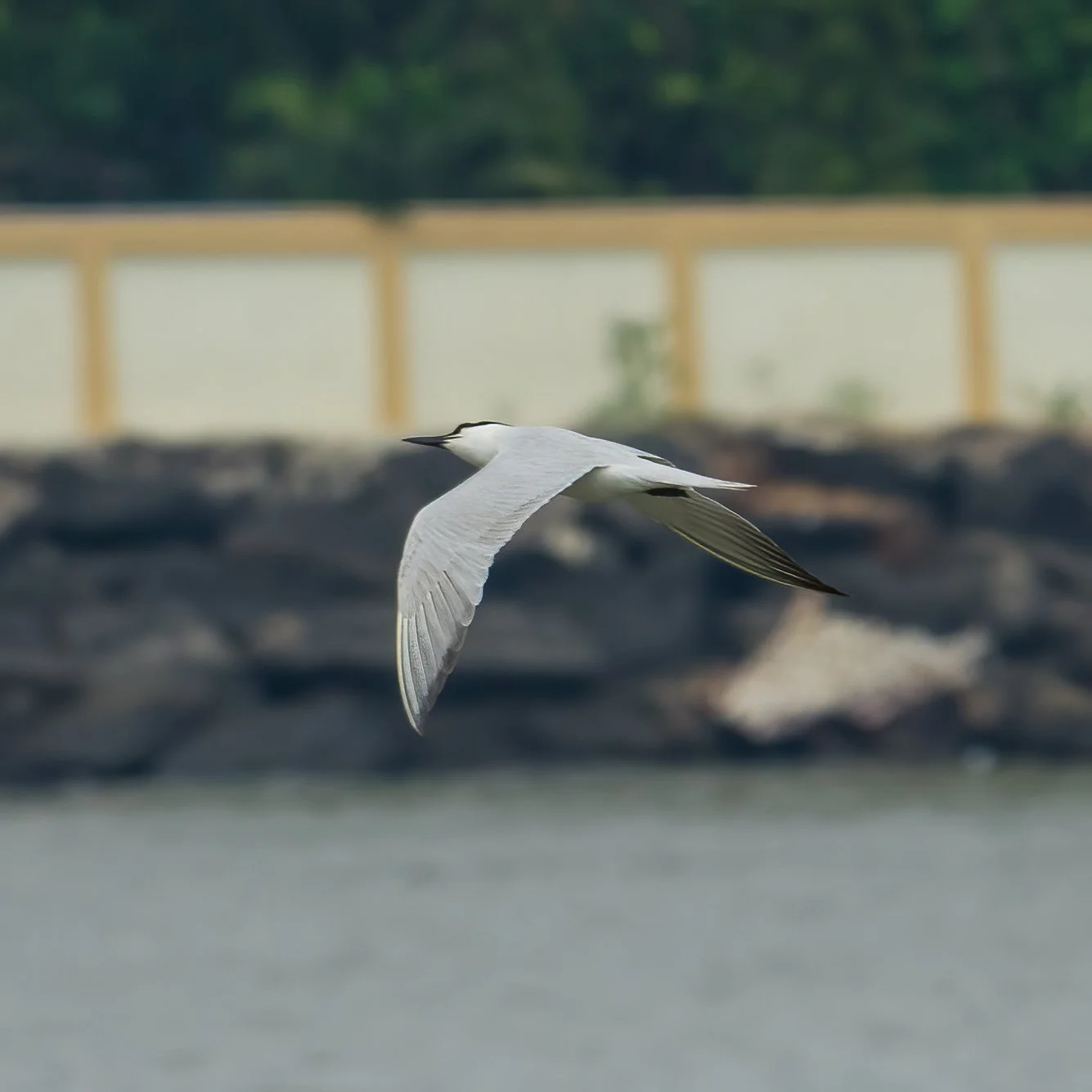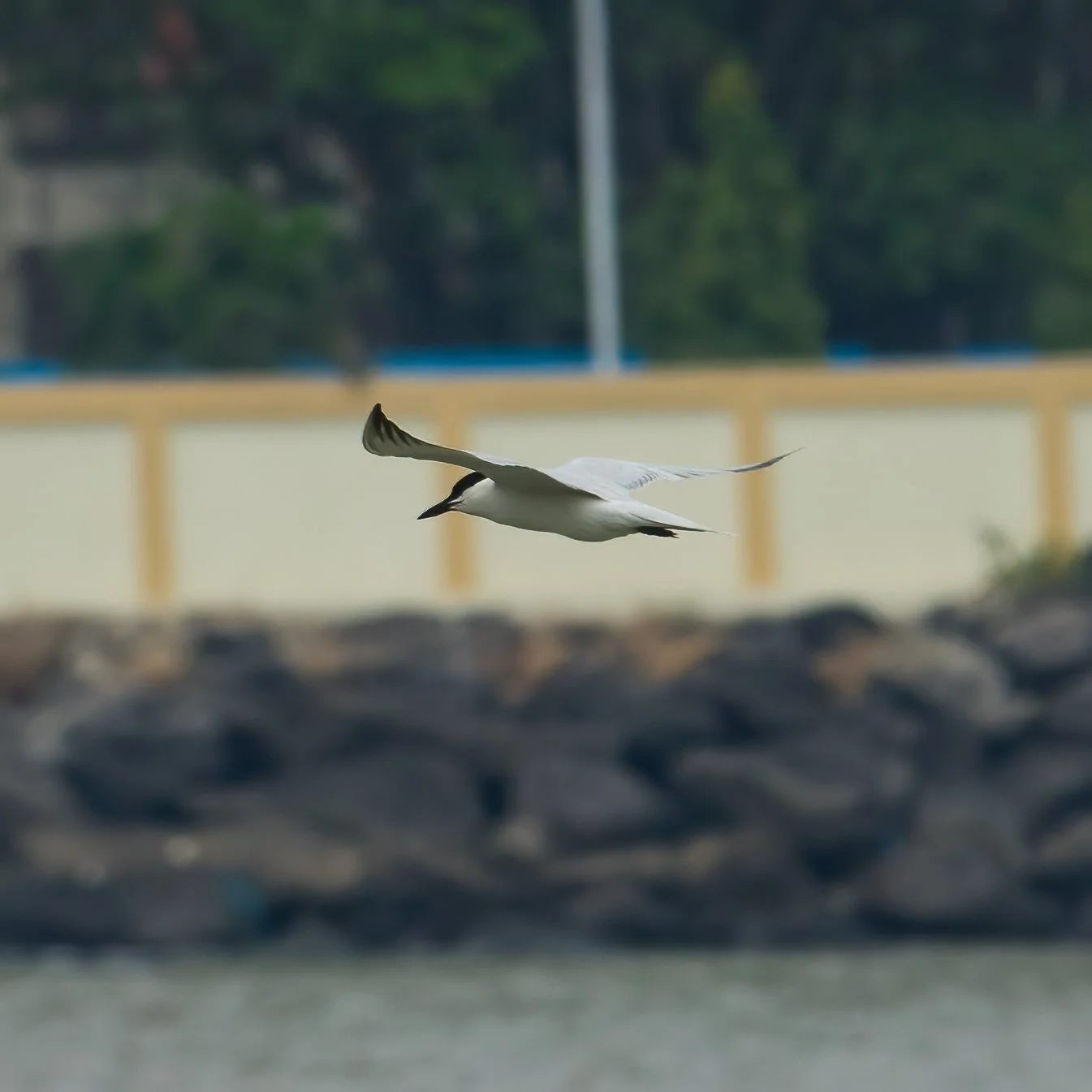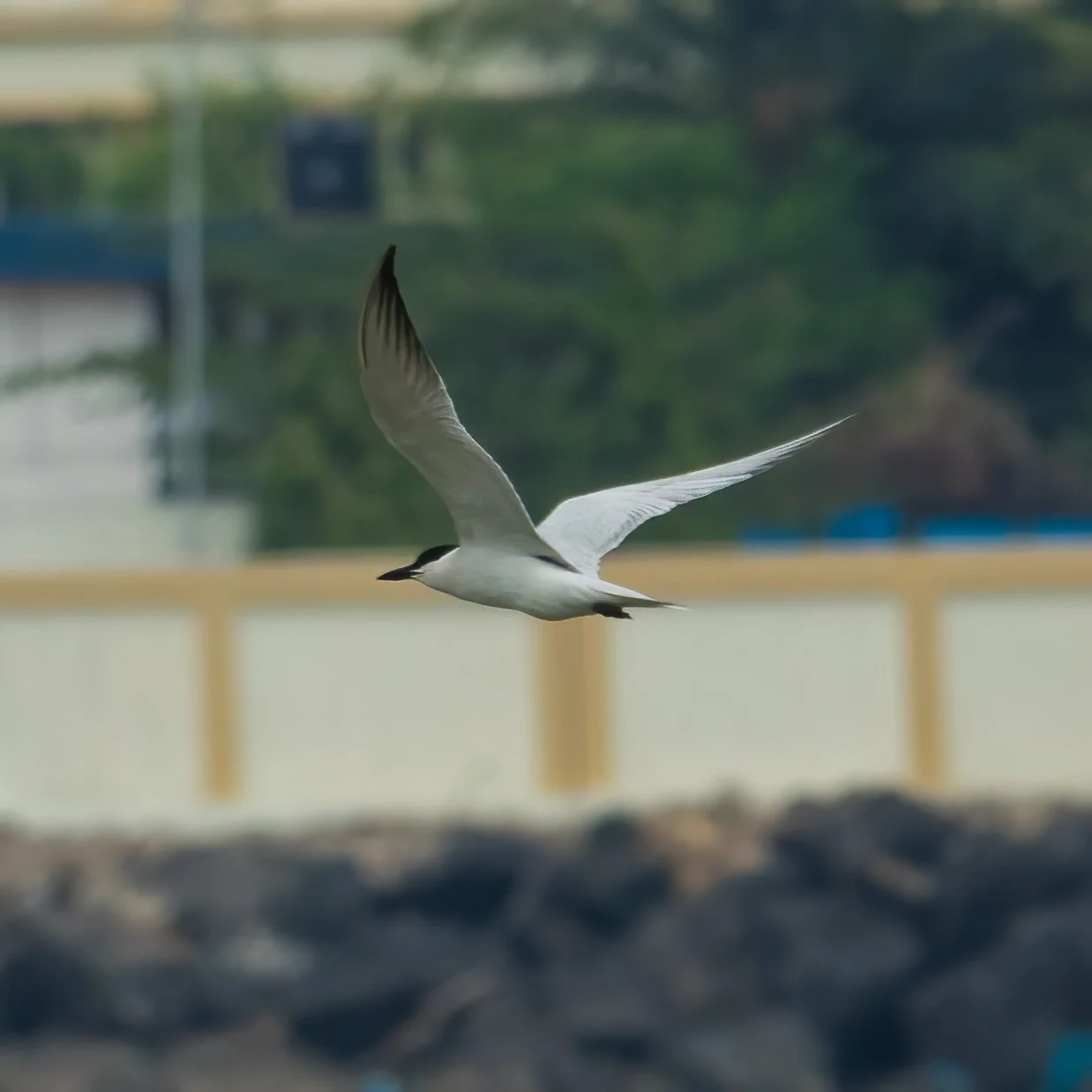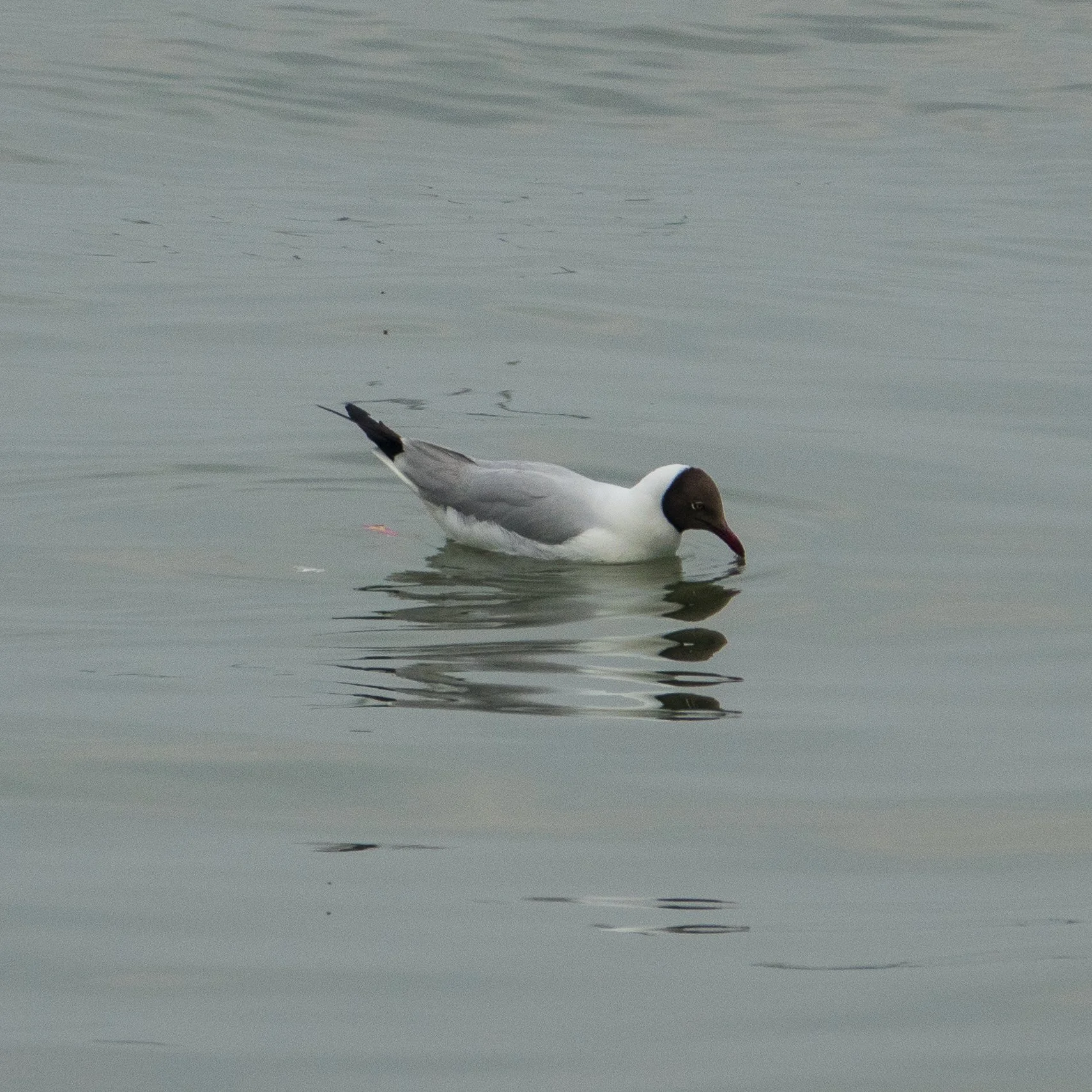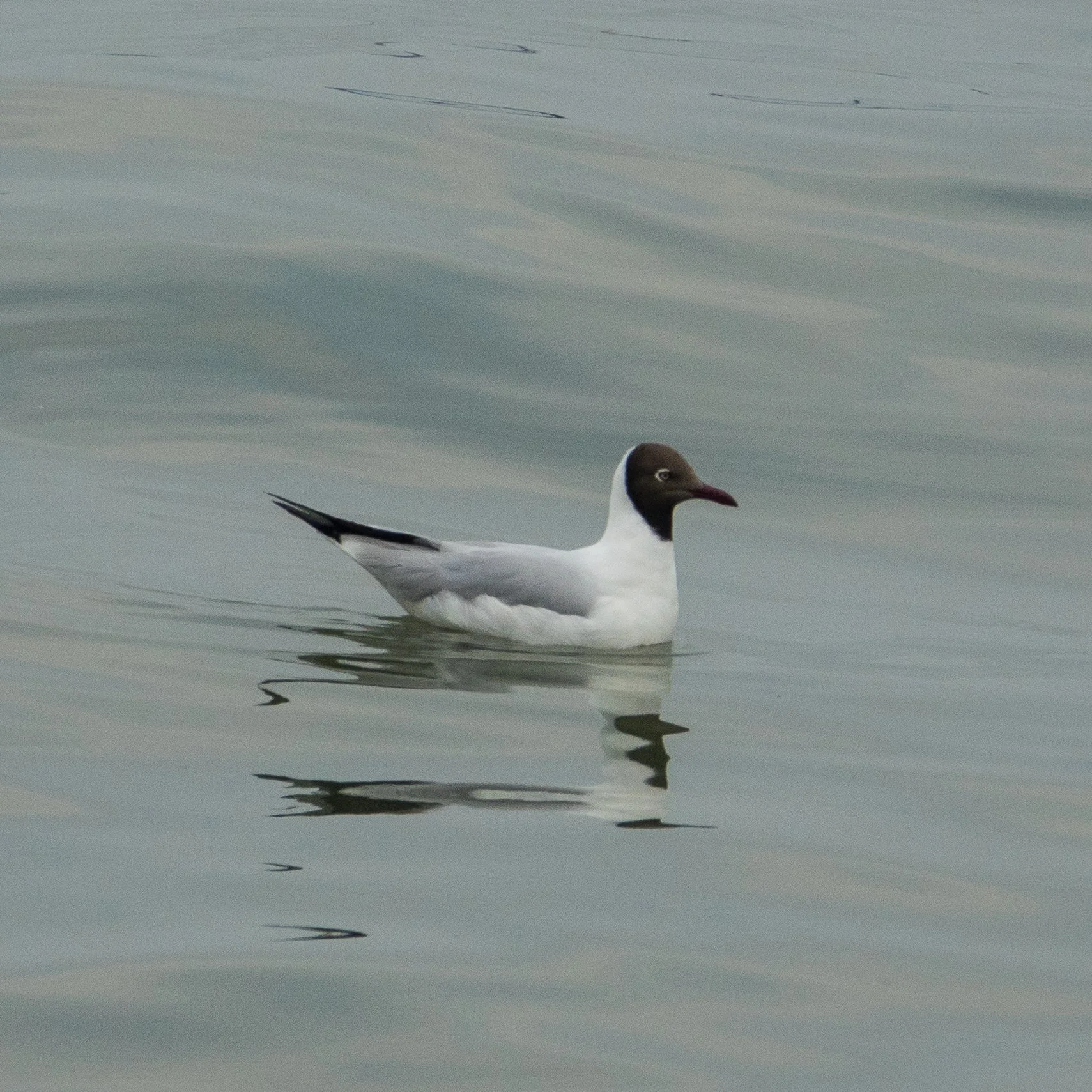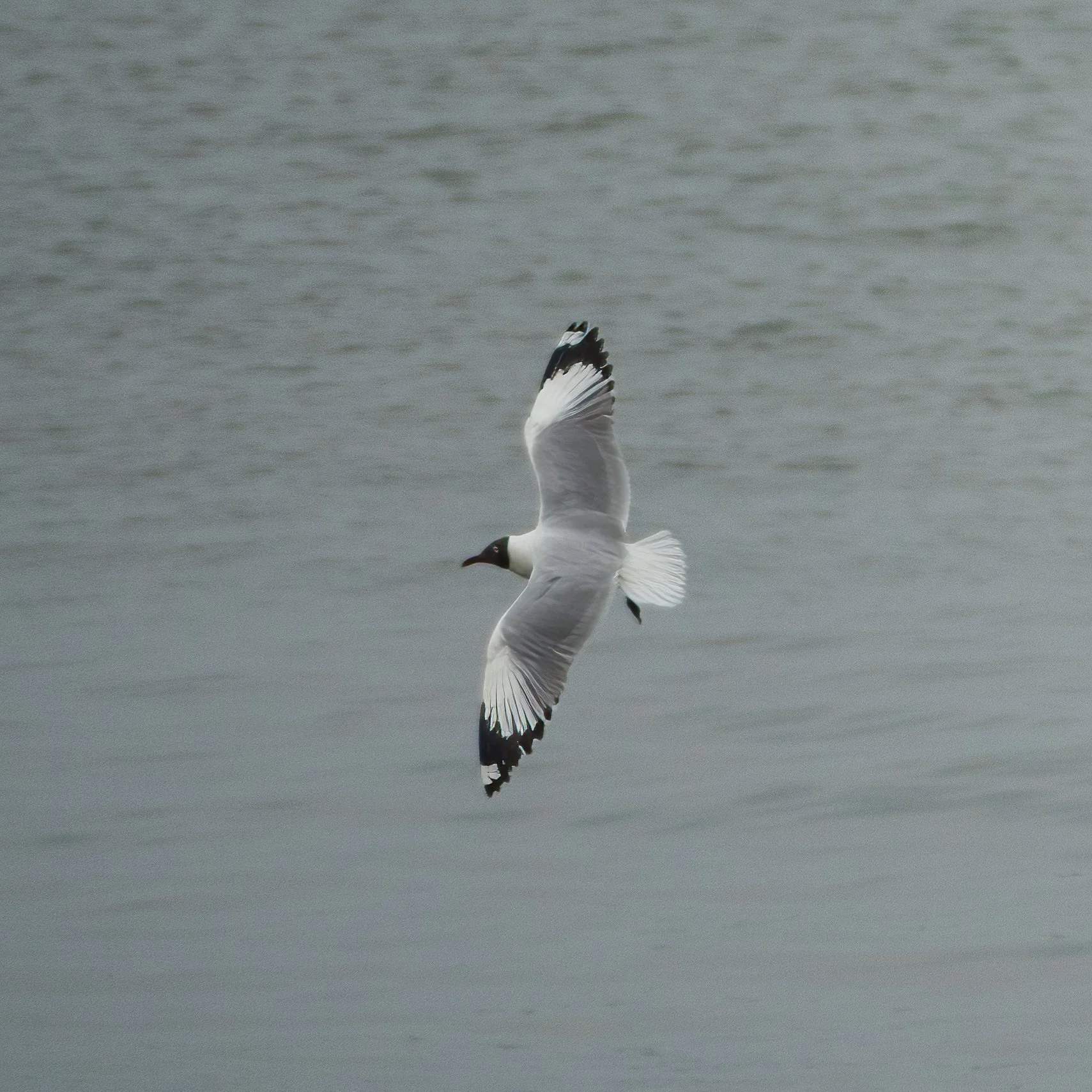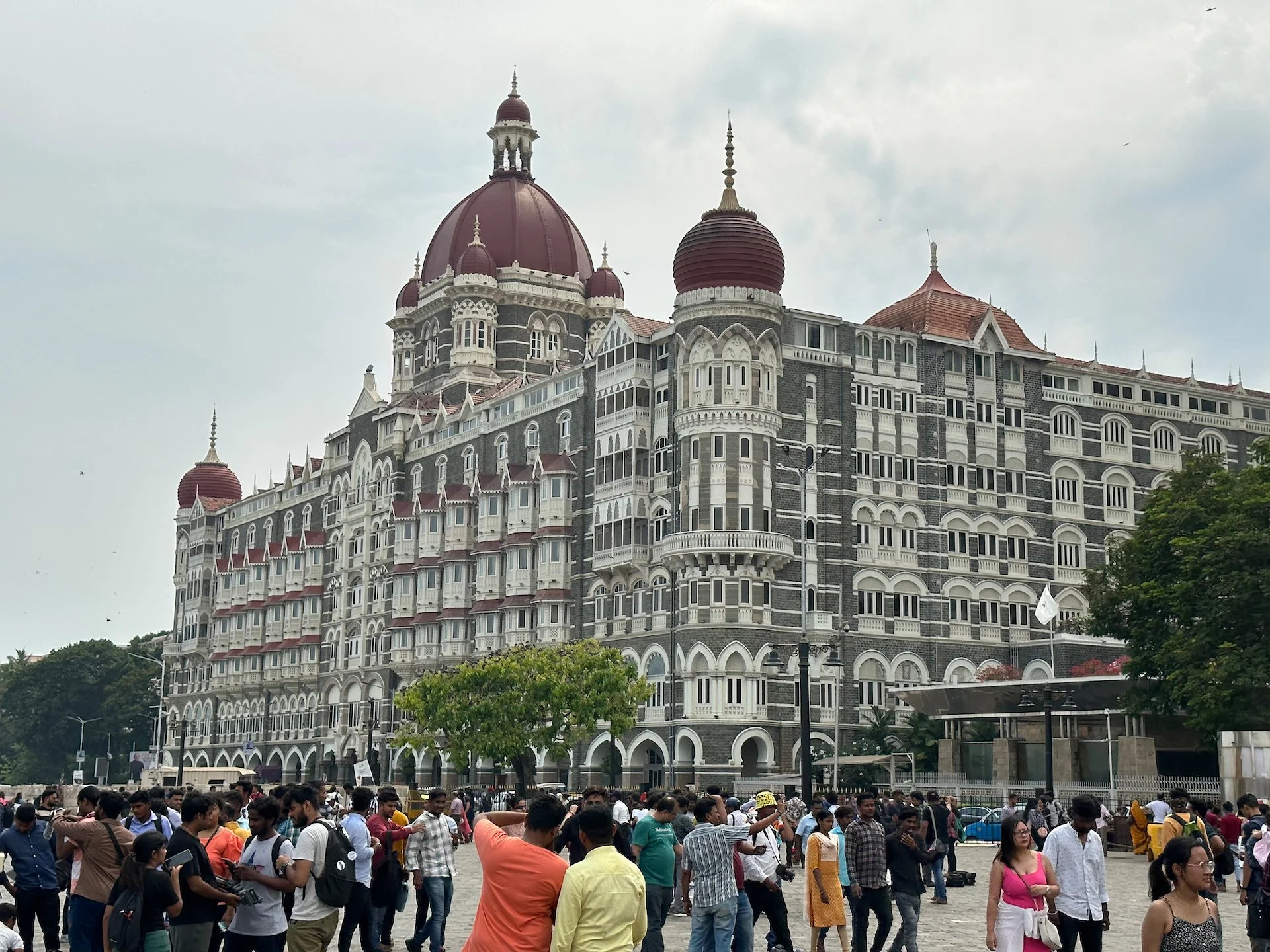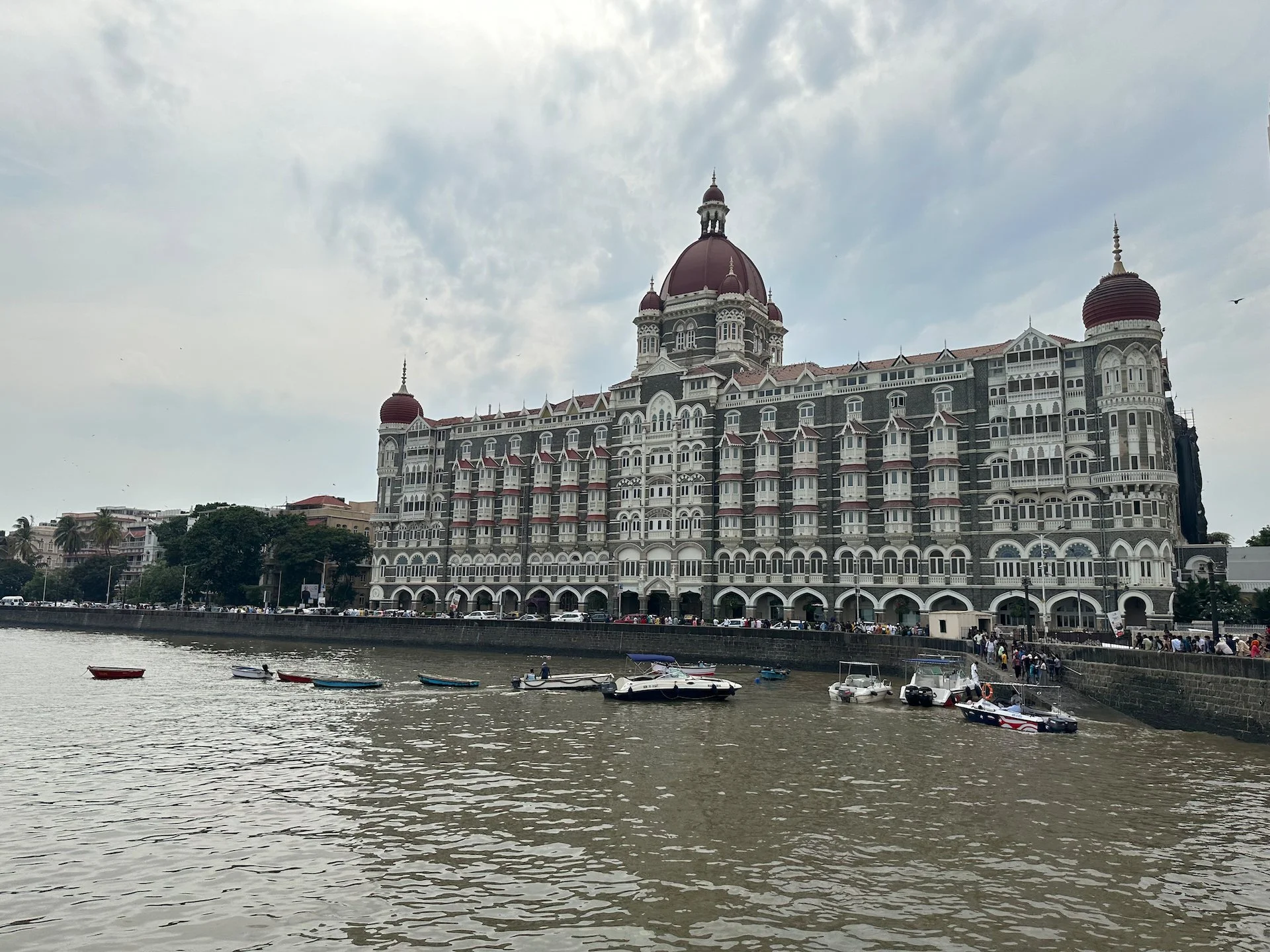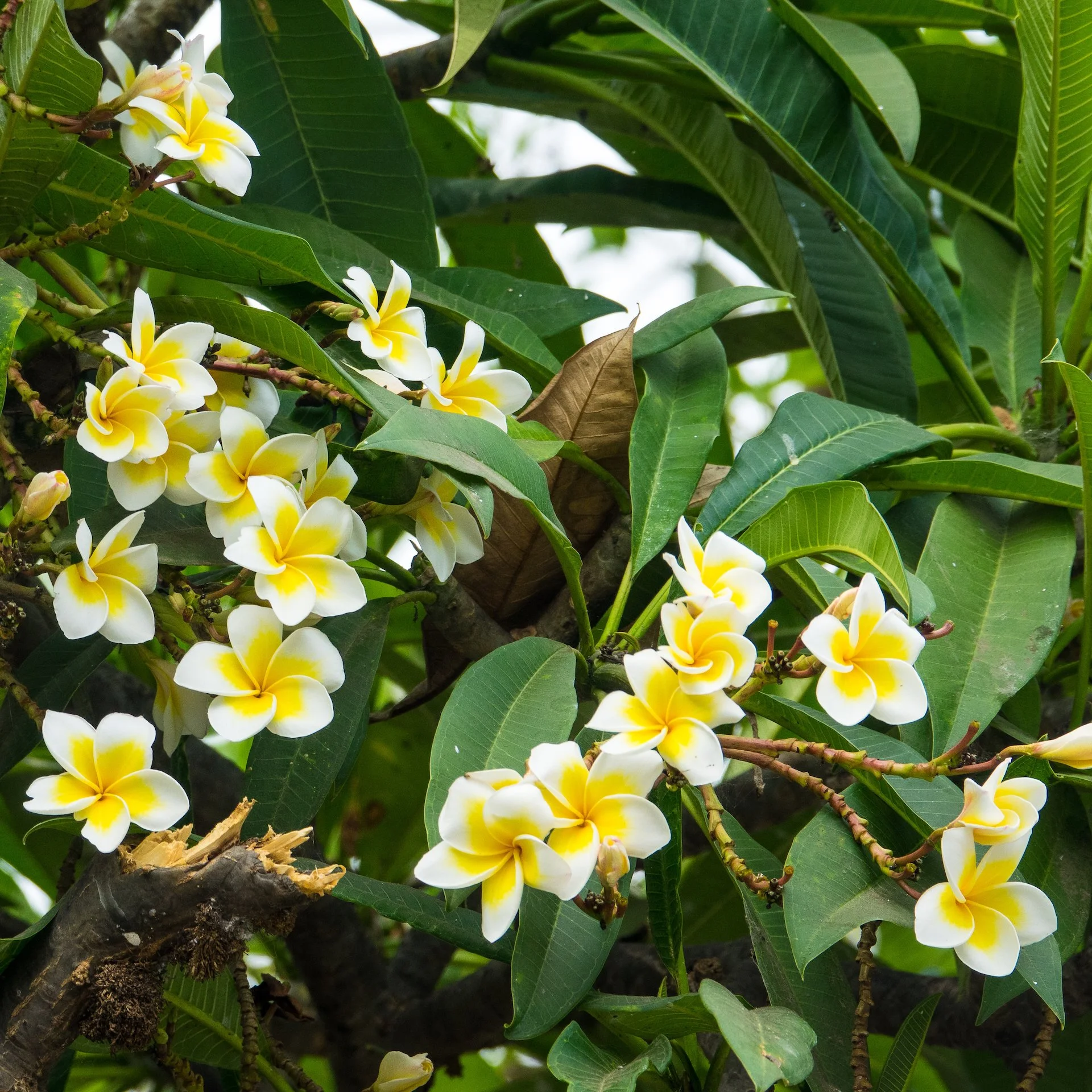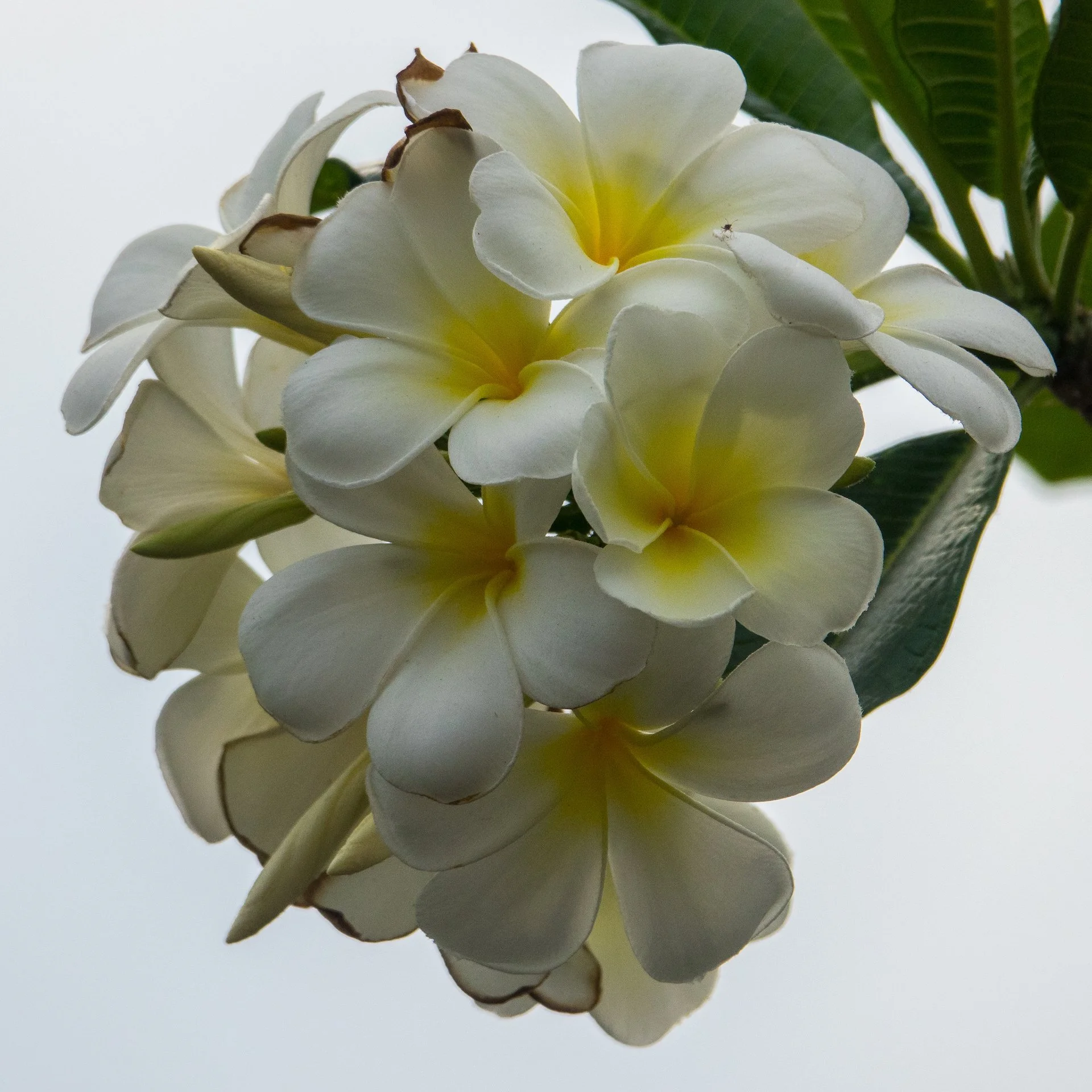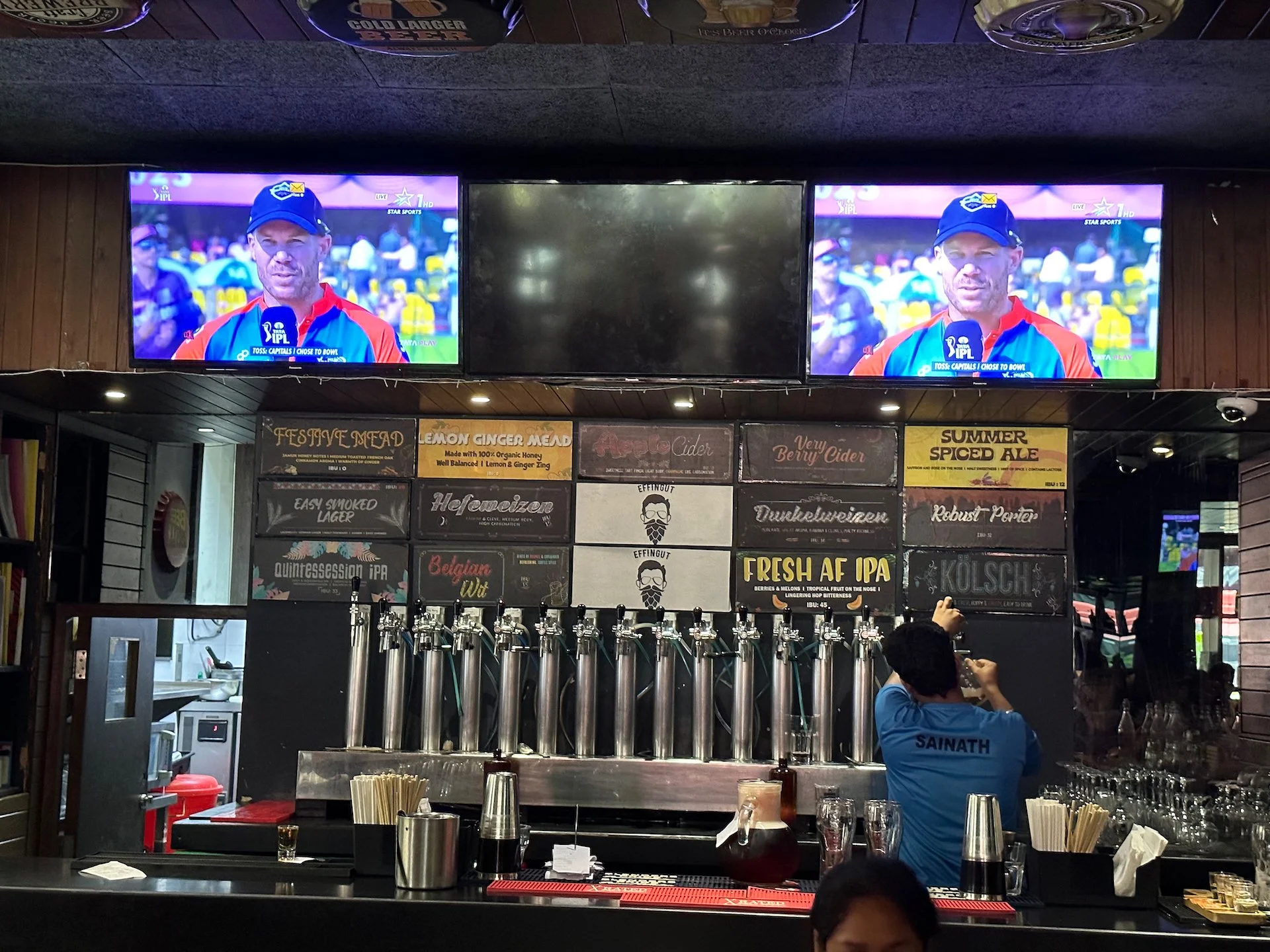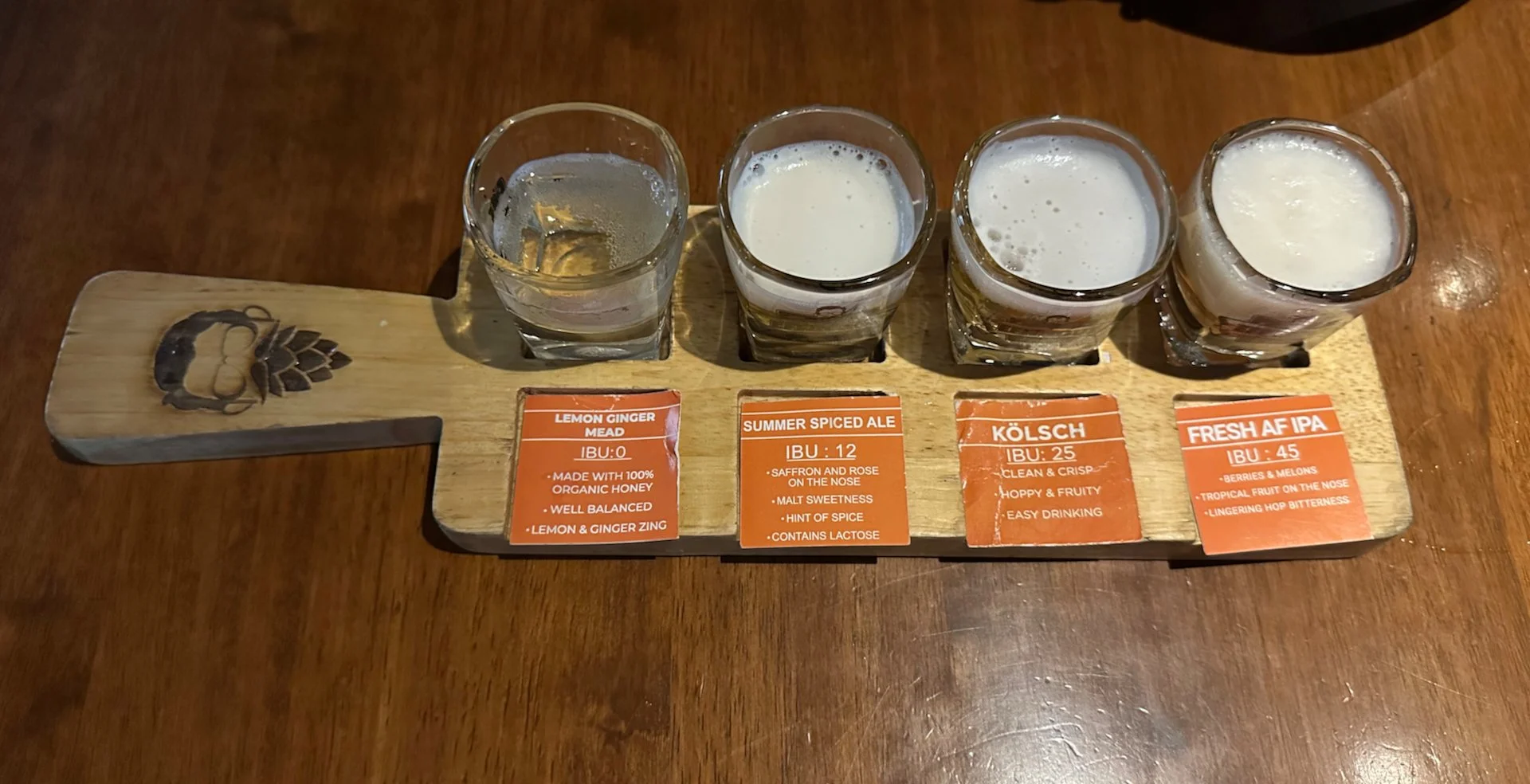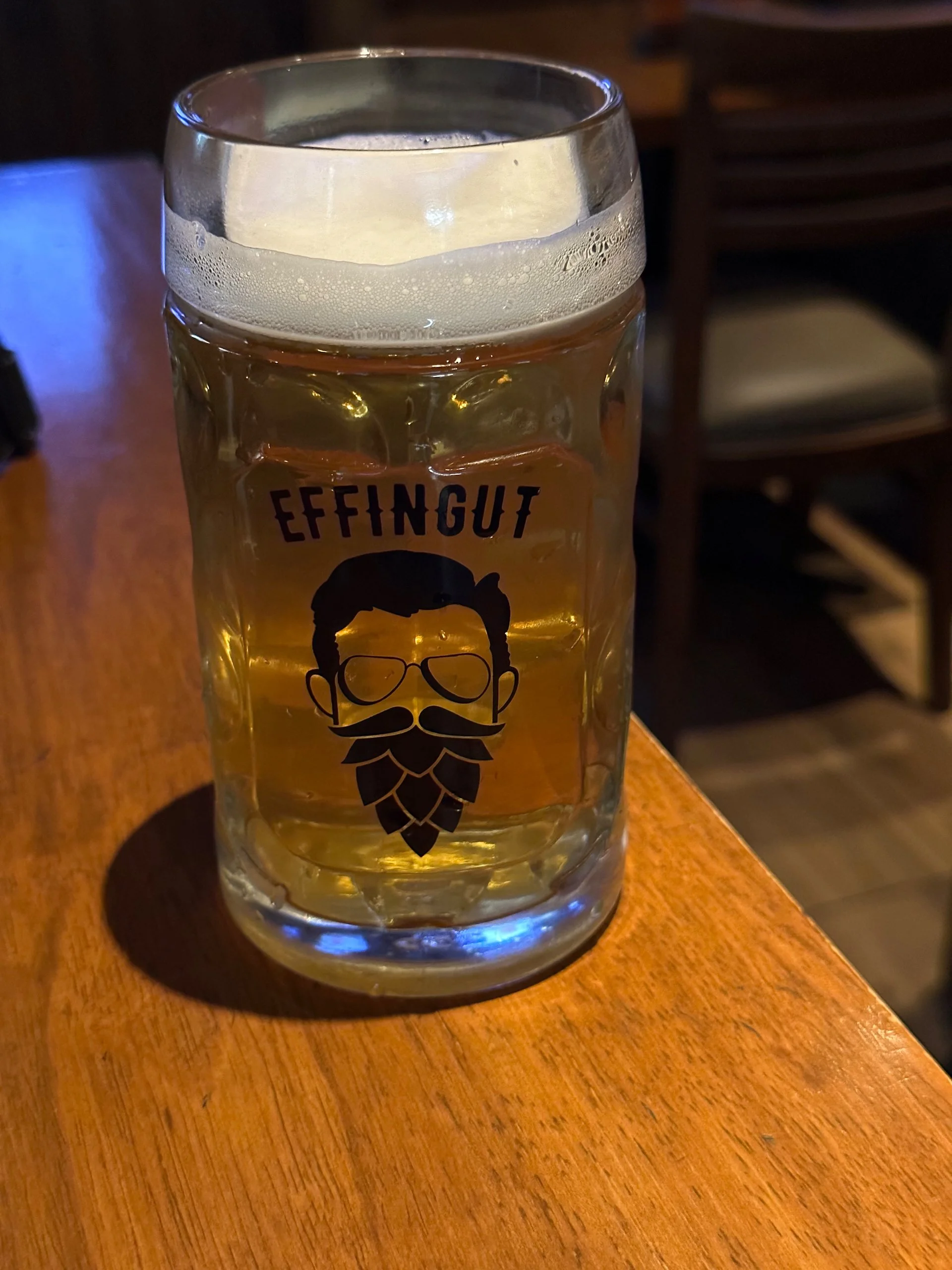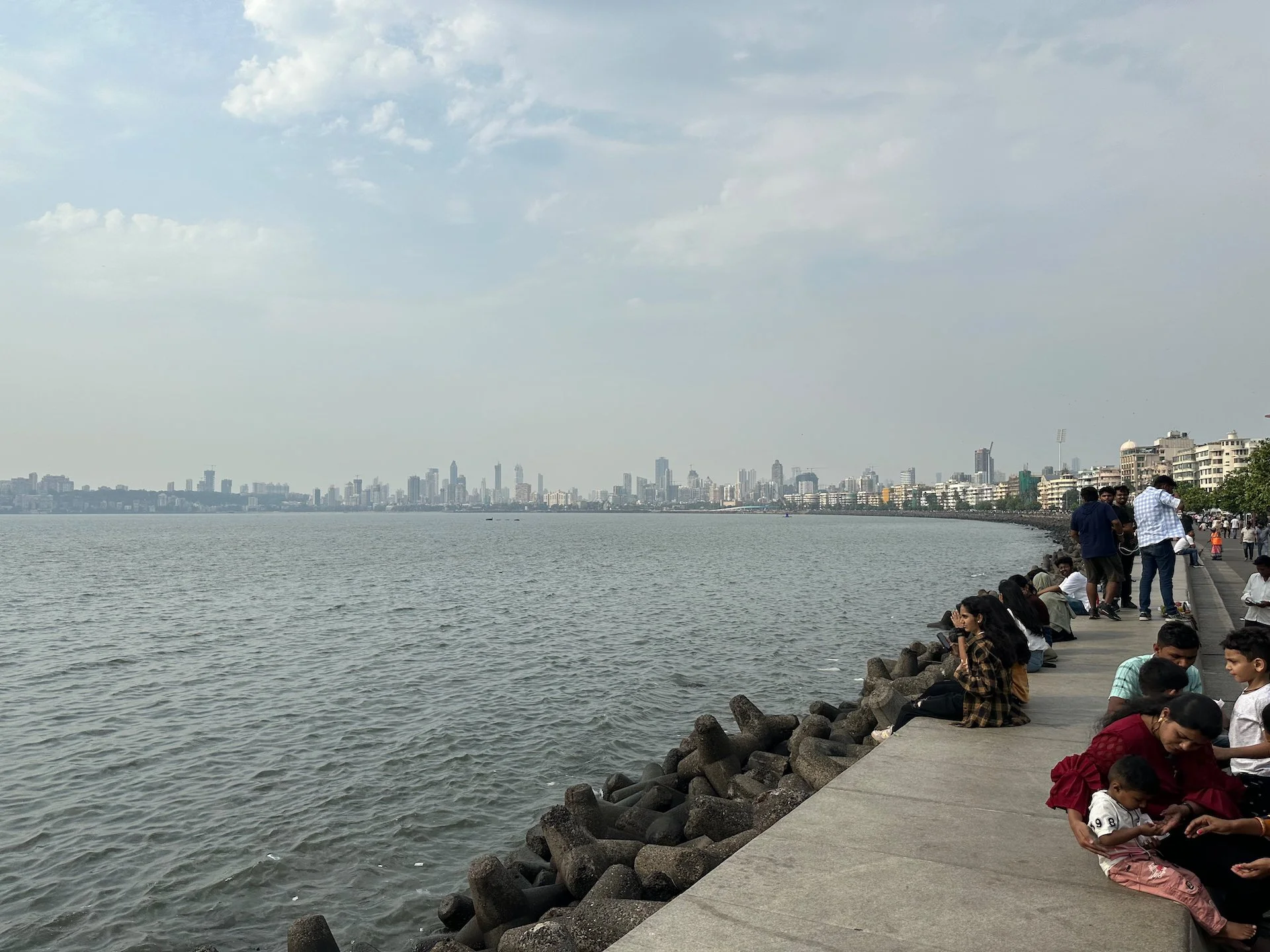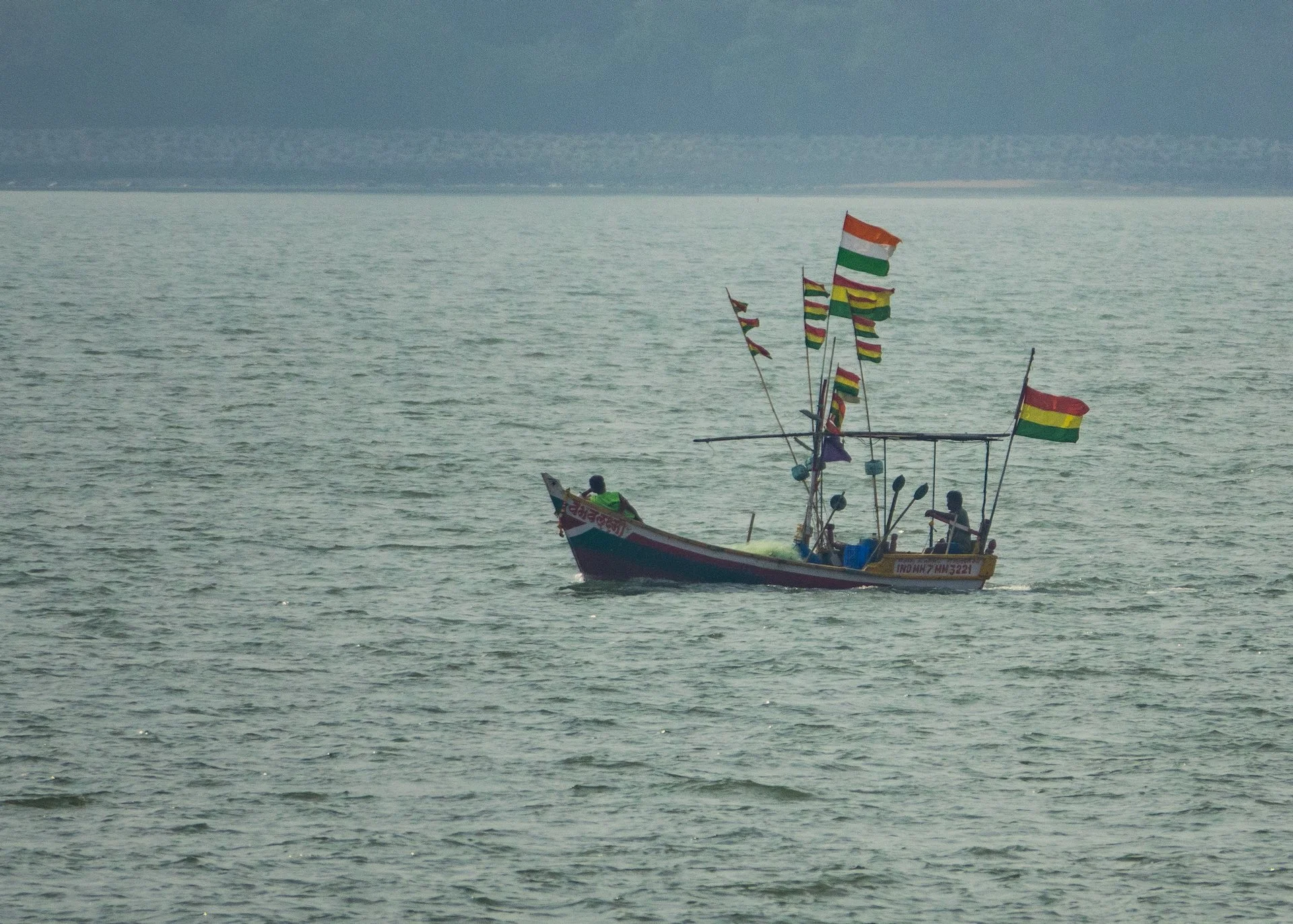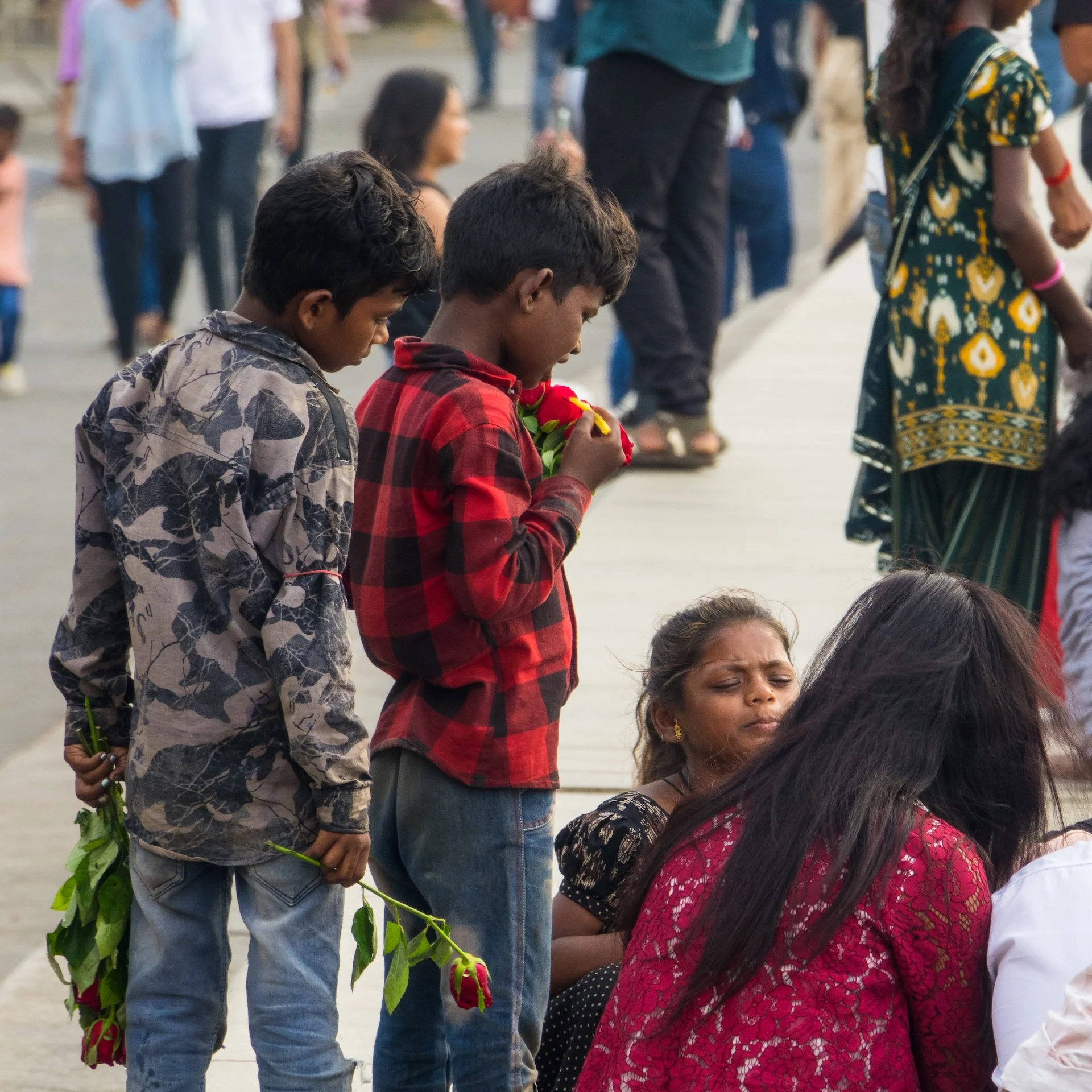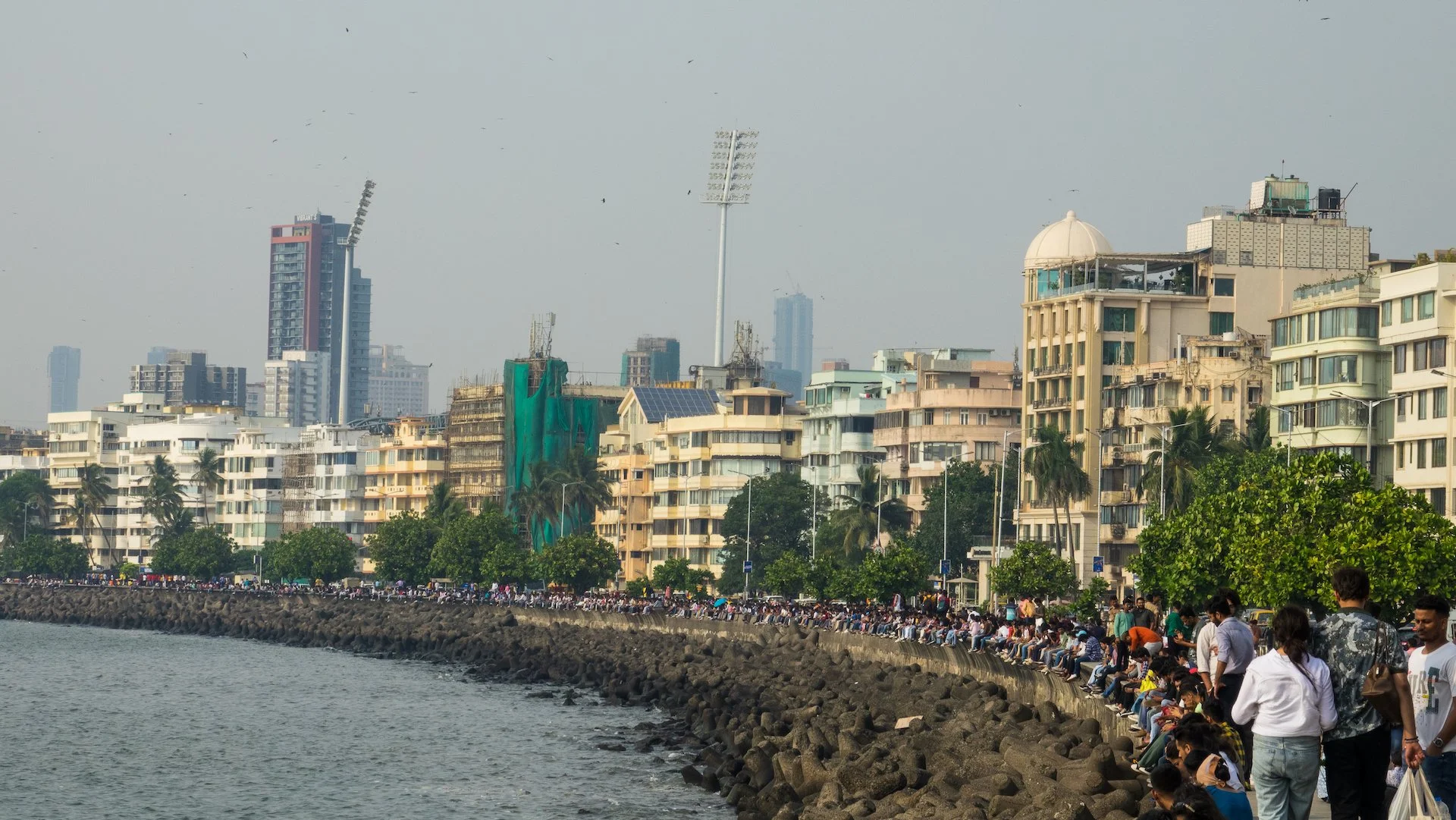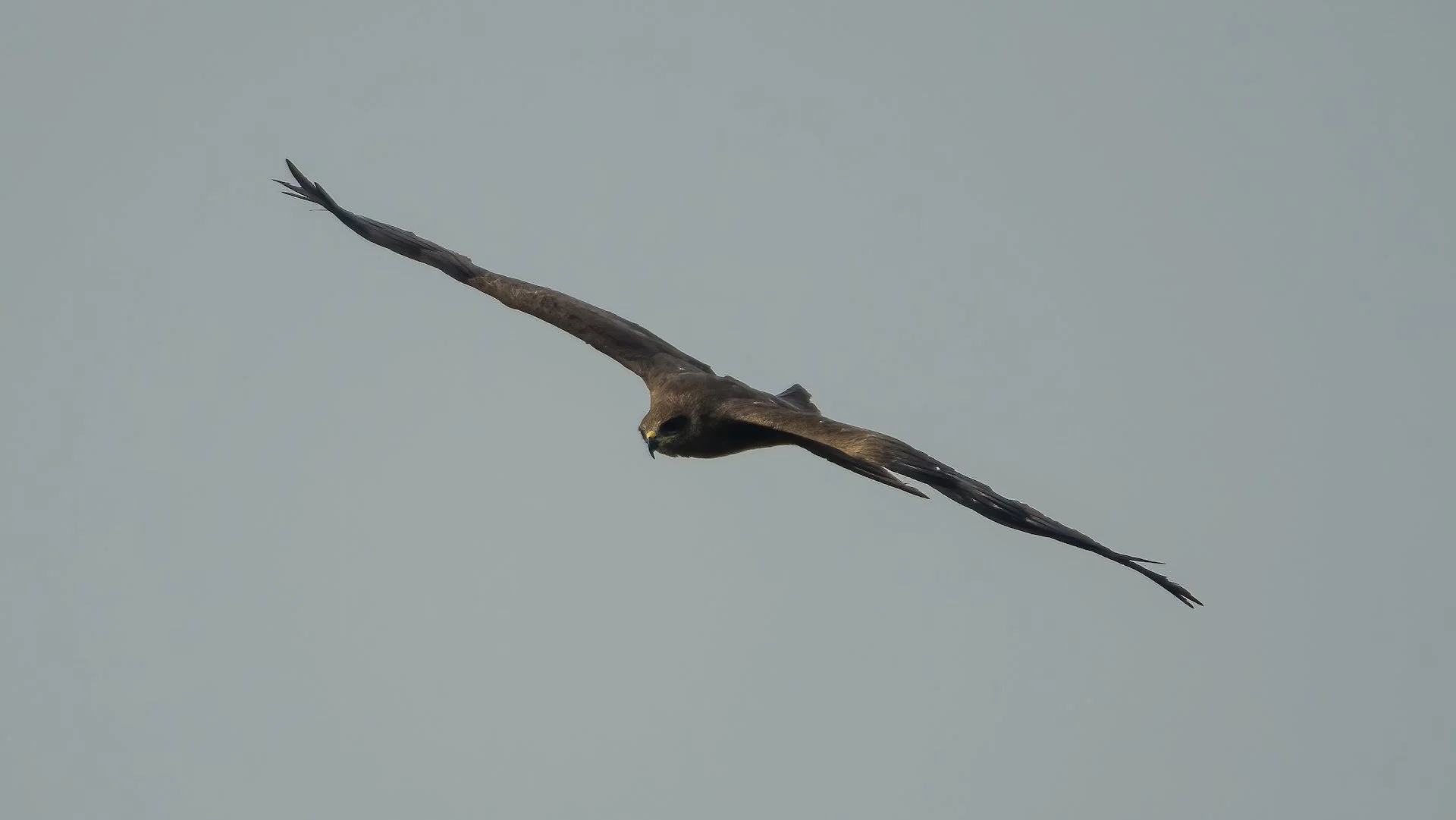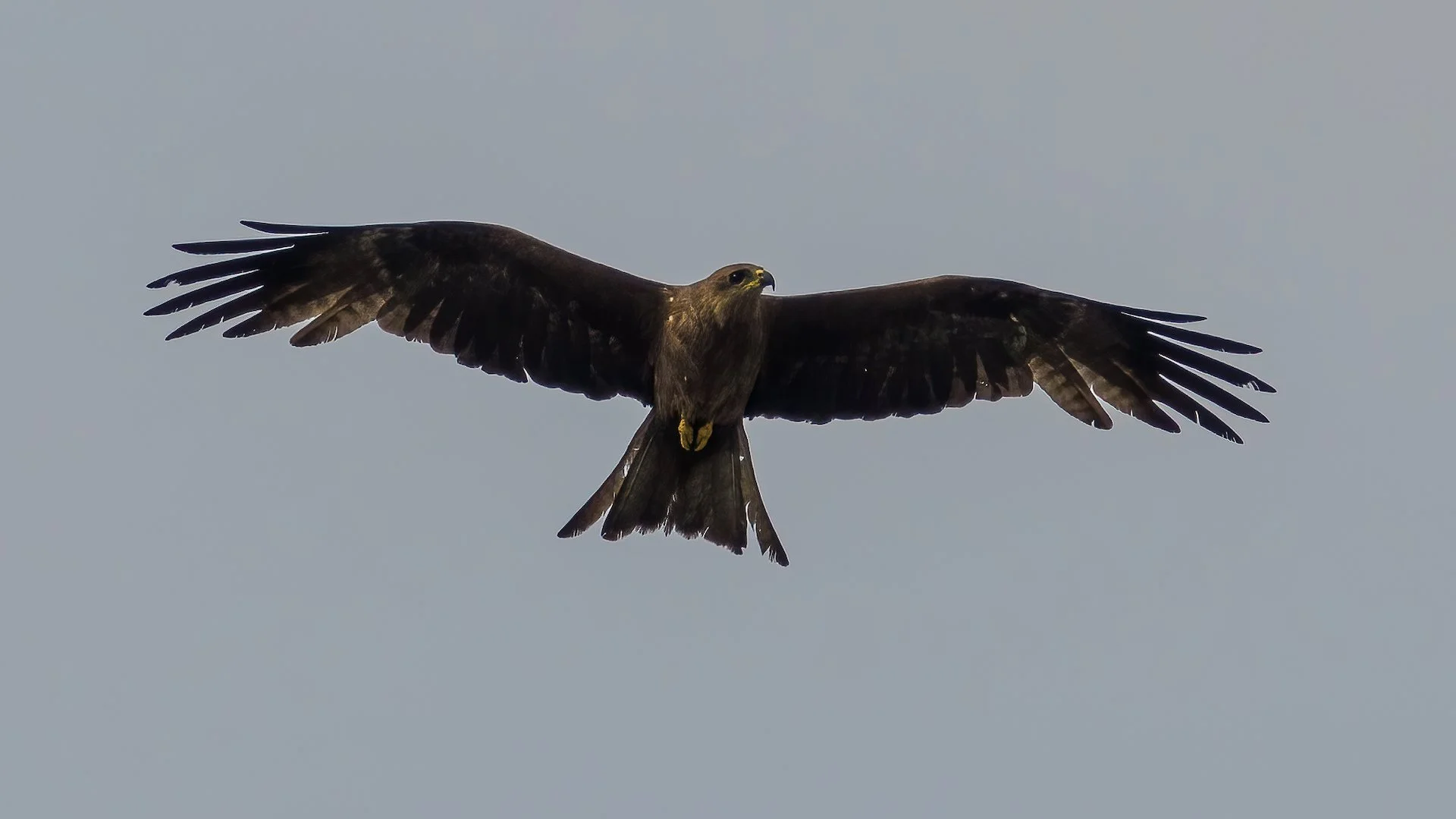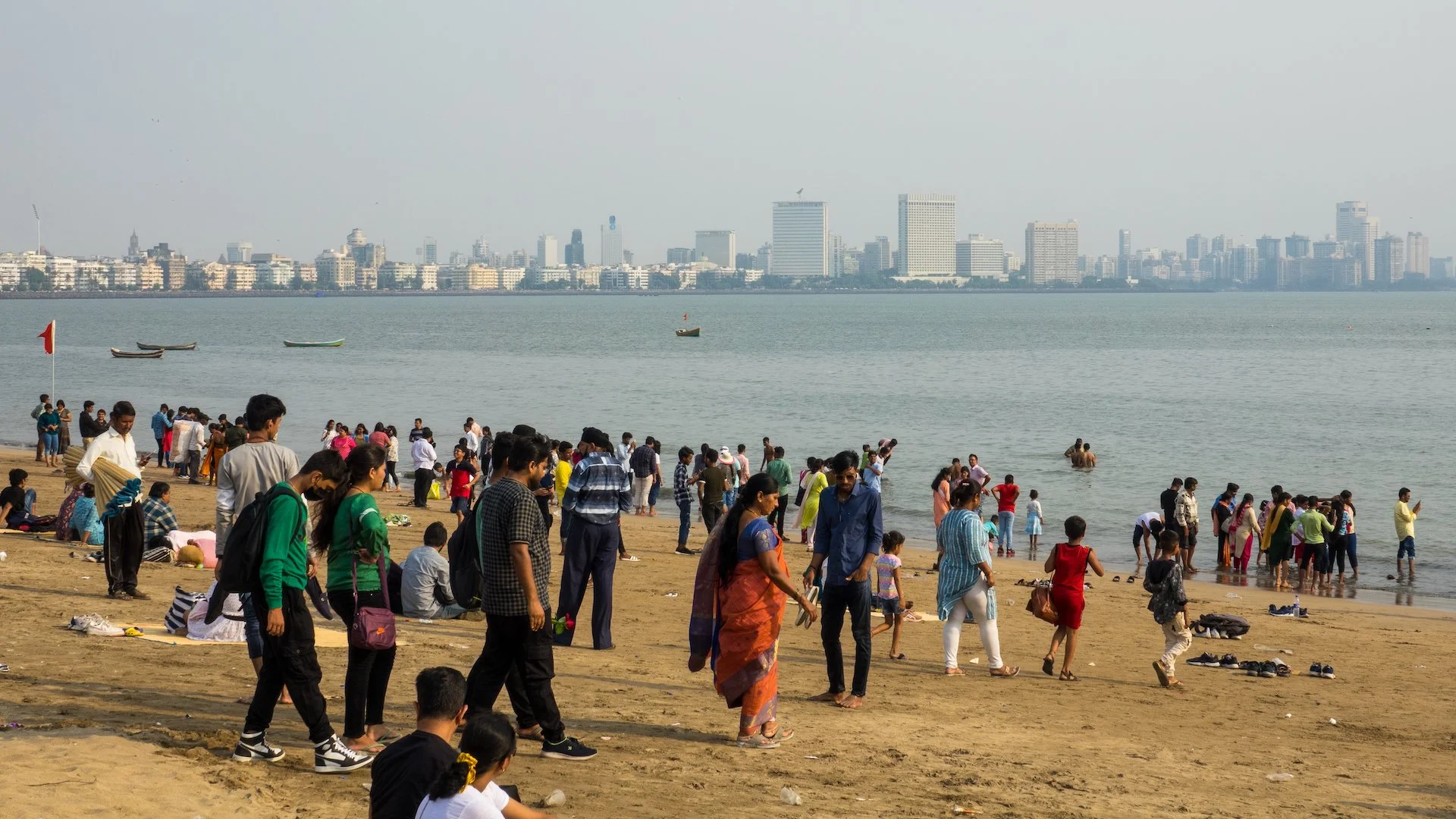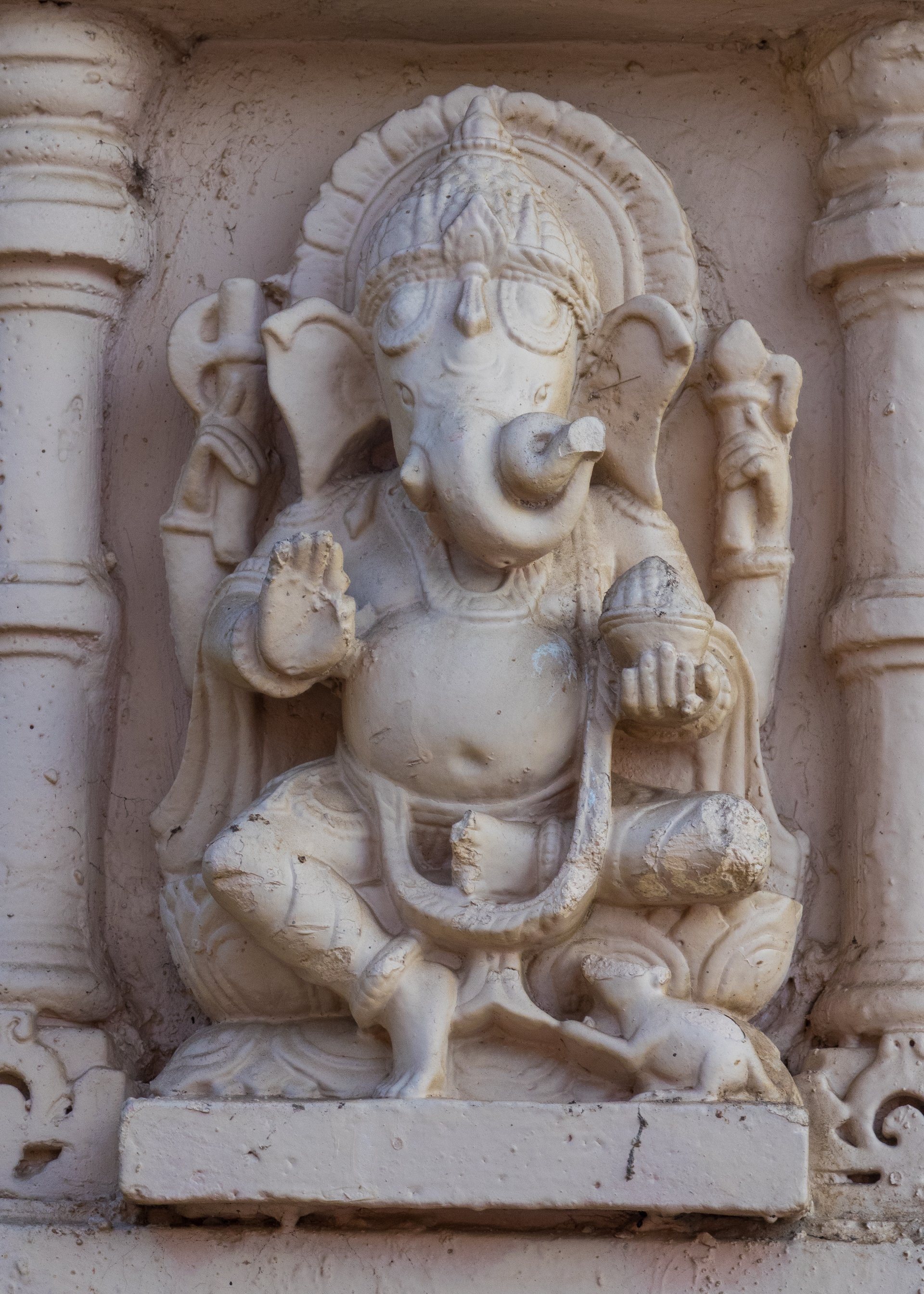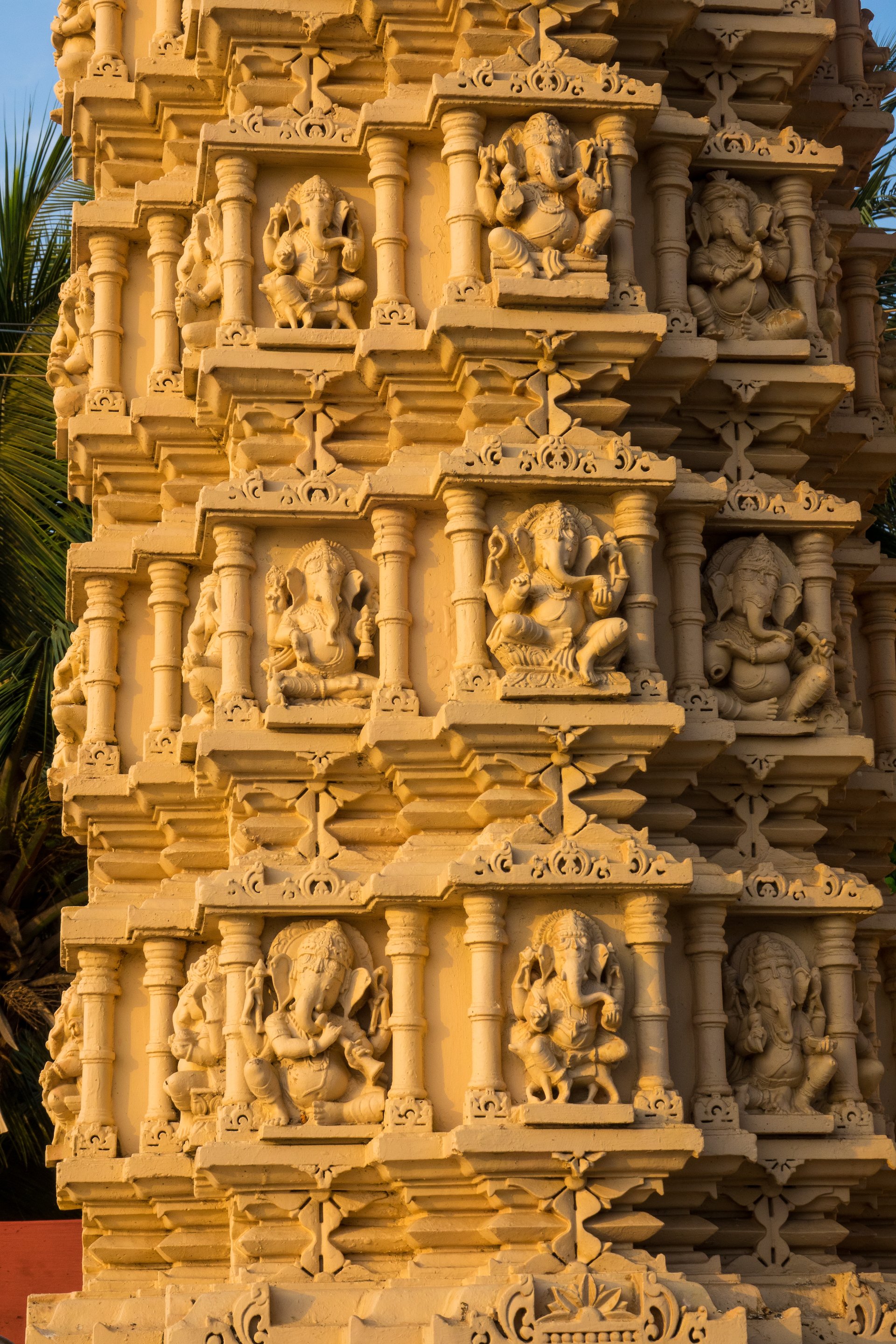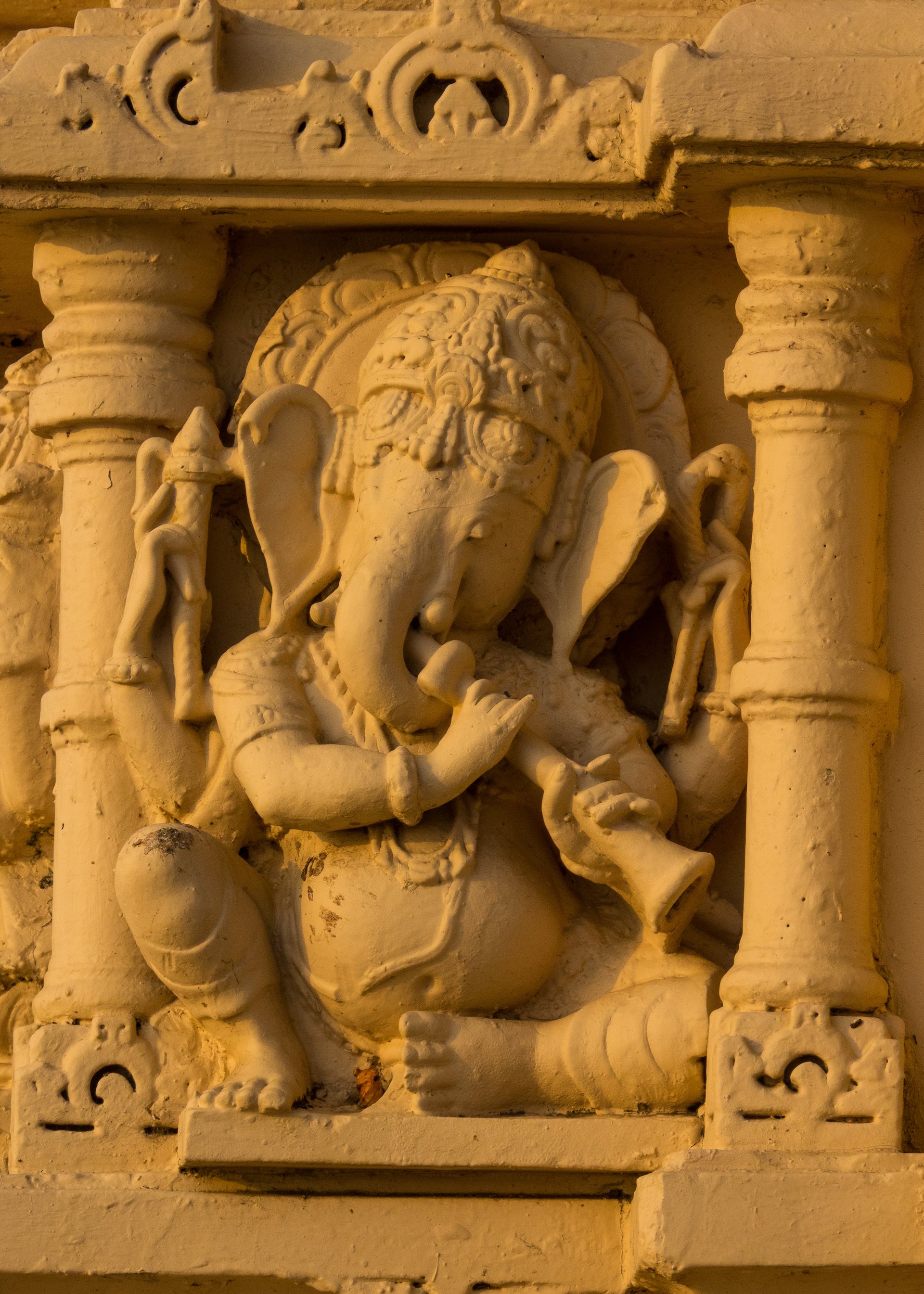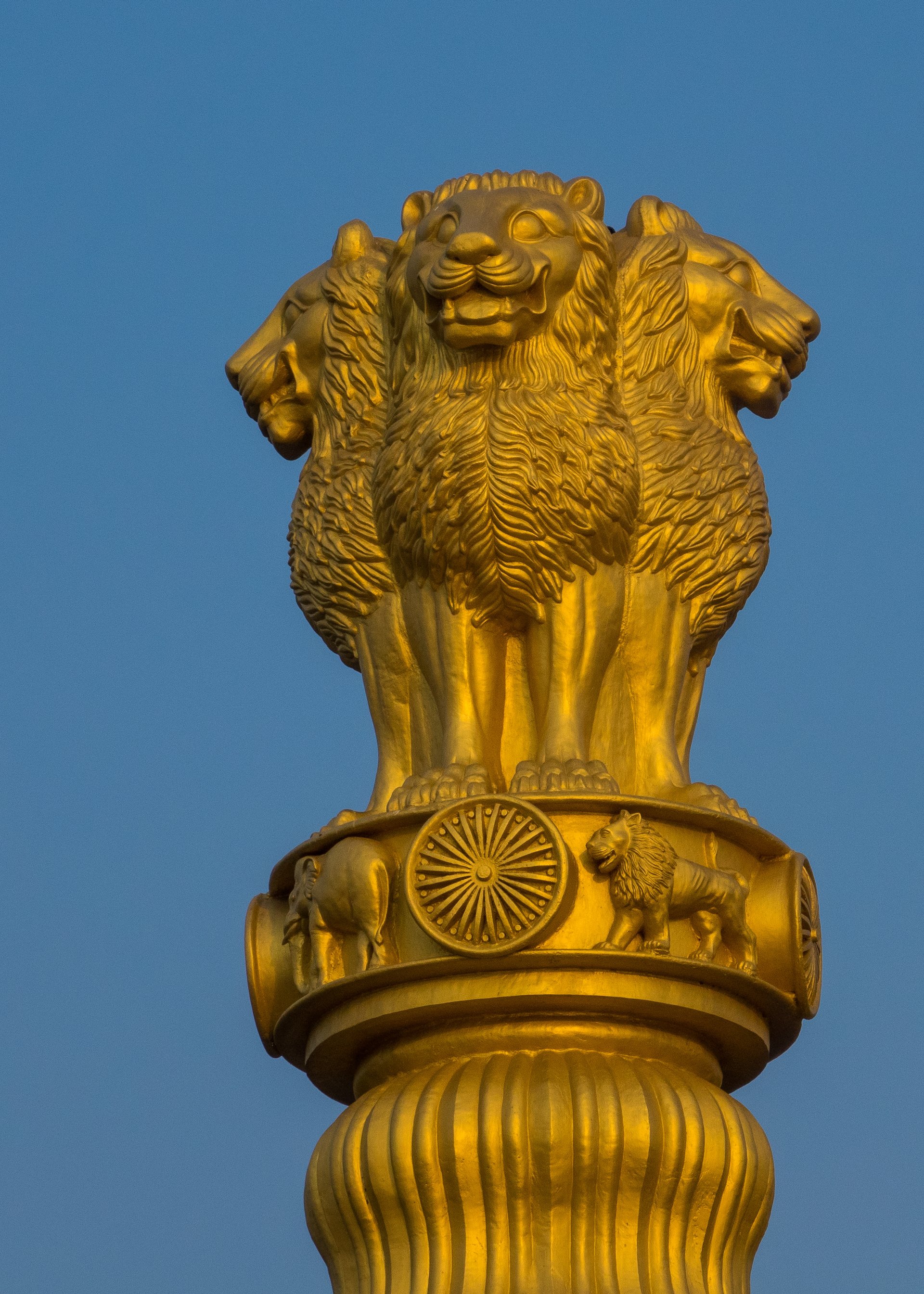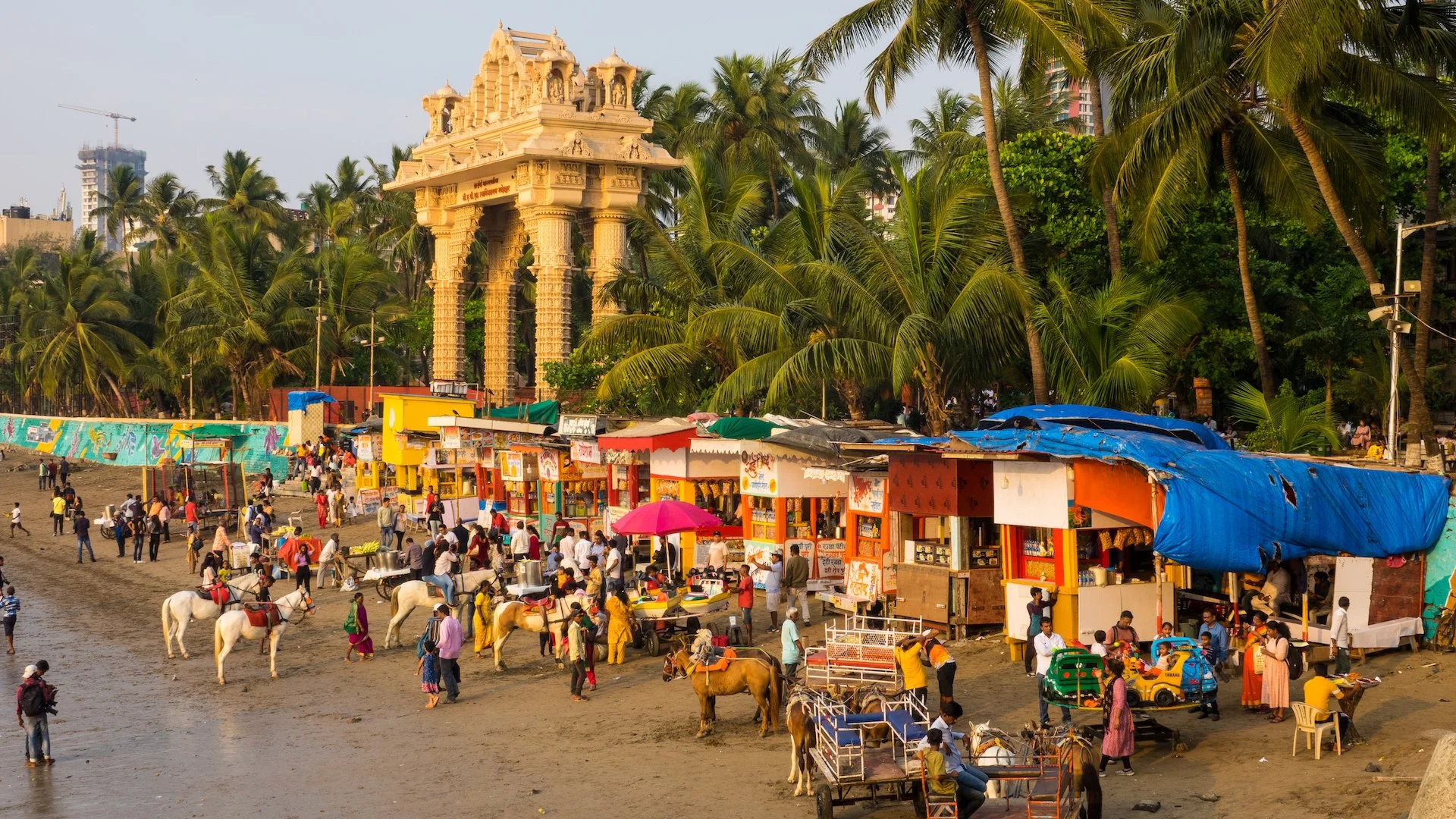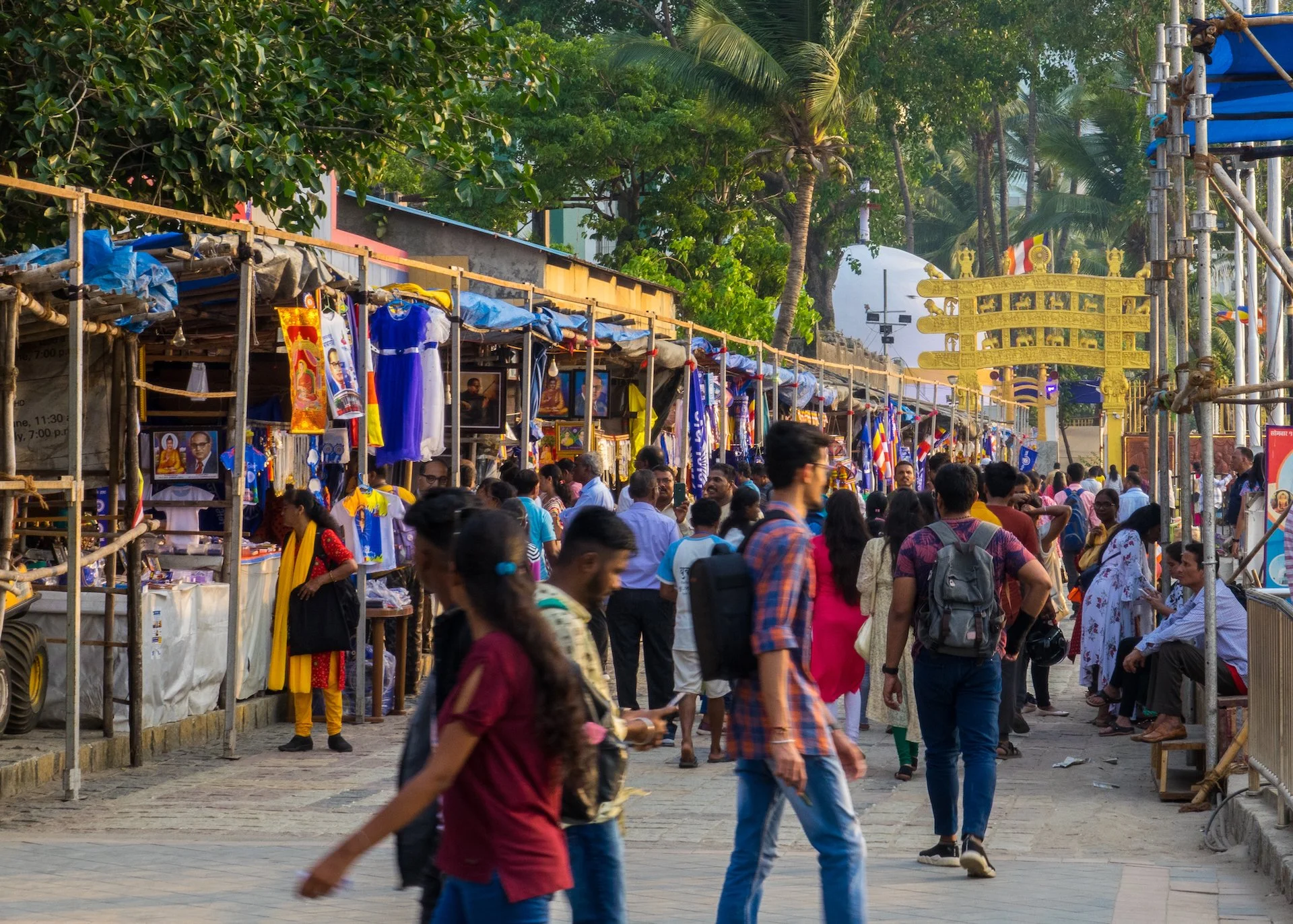A Day in Mumbai
My last post on my trip to India! All-in-all, it was a great trip. It was not a place I expected to see, but I am glad I was able to explore around the couple weeks of work. I met lots of great people and was pleasantly surprised by much of my little adventure.
My flight home was at 2 a.m. Sunday morning (late Saturday night), which presented an opportunity for me. I had to make the 3 ½ hour drive to Mumbai to get my flight, and so I asked for a driver that could also give me a tour of Mumbai during the day before dropping me off at the airport in the evening. I got picked up at about 10:00 and we were off on an adventure.
Leaving the hotel for the last time.
The drive from Pune to Mumbai is quite nice. As you leave Pune, you quickly find yourself driving through countryside, with fields and small villages dotted along the way. As I understand it, the landscape greens up significantly in the next few weeks as it moves into the rainy season. The drive climbs up into the Sahyadri mountain range and the scenery becomes even more stunning. There are rolling hills covered in dense forests. You can see where, once the rains come, that waterfalls will be cascading down the rocks.
The highlight of the drive is undoubtedly the stretch of road that passes through the Sahyadri range. The road winds its way through the mountains, with sharp turns and steep inclines that offer breathtaking views along the way.
During the drive, we spotted spot the iconic Lonavala and Khandala hill stations, which are popular tourist destinations known for their scenic beauty. The plan was originally to stop at Lonavala but there was a festival going on so the driver thought it would be too busy.
There were some absolutely hilarious road signs along the drive to Mumbai. Some of the best included “Donate blood but not to highway”, “If you drive like hell you will go there” and “If you are married divorce speed”.
I had done a bit of research and decided to try a stop at the Karnala Bird Sanctuary. I was hoping for some new birds to add to the list. It was quite hot, and after paying for both me and the driver to enter, started to explore. There was not a lot of bird life about, and I discovered after-the-fact that the birding season is really October to February. It would have been good if they put that on the web site or something…
As it turned out, we saw more monkeys than birds as we walked some of the trails. There was a marked trail up to a fort, so I thought that might be worth checking out. As we started up the trail, other people were kind enough to mention that they had closed off access to the fort, saving me the hike up in the heat. A sign at the bottom of the trail might have been helpful. Overall, it was a bit of a bust.
There were literally more monkeys than birds…
Our brief walk around the bird sanctuary.
The cool ranger station in the park.
So we headed back on the road to Mumbai. As you approach Mumbai, the scenery changes, with a more urban landscape of high-rise buildings and bustling streets. However, even in the city, you'll see glimpses of the Arabian Sea, with the coastline visible at certain points along the way.
Mumbai is hard to describe – it’s huge, with a metro area population of ~21 million. That’s about half of Canada’s population in a single city. It sprawls forever and is quite dense.
The driver took me right down into the old downtown and the main harbor area. We managed to find a parking spot not far away from the two main attractions – the Gateway of India and the Taj Mahal Hotel.
The Gateway of India is an iconic monument situated on the waterfront area of the city, overlooking the Arabian Sea. The monument is one of Mumbai's most famous landmarks and is visited by millions of tourists every year.
The Gateway of India is an arch-shaped structure that is made of yellow basalt and reinforced concrete. It stands 26 meters tall and has a width of 15 meters. The arch is intricately carved with designs and motifs, and there are several large statues on either side of the structure, including one of a lion.
The monument was built to commemorate the visit of King George V and Queen Mary to Mumbai in 1911. The foundation stone for the monument was laid in 1913, and construction was completed in 1924. The Gateway of India was designed by Scottish architect George Wittet, who was also responsible for designing several other prominent buildings in Mumbai.
A detail from the monument.
The Gateway of India holds significant historical and cultural importance in India. It was the first structure that visitors arriving by sea would see as they entered Mumbai. During the British colonial era, the Gateway of India was the ceremonial entrance to the city for British governors and other important officials.
In 1947, India gained independence from British colonial rule, and the last British troops left the country through the Gateway of India. The monument then became a symbol of India's independence and was used for several important ceremonies and events, including the welcoming of foreign dignitaries and the embarkation of Indian troops during times of war.
Getting into the place was a bit painful. Like everything else here, they have restricted access with heightened security – you have to go through a metal detector and have your bags scanned like at an airport. Like most of them, it’s pure security theatre rather than providing any real increase in safety.
My brief time exploring around the original port in Mumbai and the Gateway of India.
Once inside the area you could walk around the moment. There were good views of both it and the hotel, along with views out and into the harbour area. There were lots of boats of different sizes moored nearby.
Along the waterfront, there were a fair number of seabirds out on the water. there were a couple of new species for me…
I’m going to take a quick side step for a moment. I’m not sure how many of you have seen or started playing with some of the new AI (artificial intelligence) tools that are all the rage right now, but I have been. The text generation from ChatGPT is amazing (and in full disclosure, I got it to write a few paragraphs in this blog… ) but the image generation is really crazy. You feed it a text prompt describing something (anything…) and it generates a series of images that you can then refine until you get what you like. Here are a couple that I created based on the Gateway of India:
The Taj Mahal Hotel is across the street and is a luxurious heritage hotel situated on the waterfront, overlooking the Arabian Sea. The hotel is one of Mumbai's most iconic landmarks and is visited by both tourists and locals for its stunning architecture and world-class amenities.
The Taj Mahal Palace Hotel was built in 1903 by Jamsetji Tata, the founder of the Tata Group. It was designed by British architect W.A. Chambers and Indian architects Sitaram Khanderao Vaidya and D.N. Mirza. The hotel is a stunning blend of Moorish, Oriental, and Florentine architectural styles, with intricate carvings, grand domes, and large chandeliers.
The Taj Mahal Palace Hotel has played an important role in India's history and culture. It was the first hotel in India to have electricity and was also used as a hospital during World War I. In 2008, the hotel was targeted by terrorists in a tragic attack, which claimed the lives of several guests and staff members. However, the hotel has since been restored to its former glory, and its resilience in the face of tragedy has only strengthened its iconic status.
I didn’t go inside but admired from across the street. I spent a good hour or so in the area, checking out both iconic structures.
On the drive into the harbor area, I had noticed another amazing looking building, so I backtracked a bit to try and see what it was. If my map reading skills are correct, it’s the police headquarters. I’m sure they much have repurposed the building from something else in the past. In doing some research, it seems that the building was constructed in the late 19th century, during the British colonial period in India, and was originally used as a residence for senior British officers.

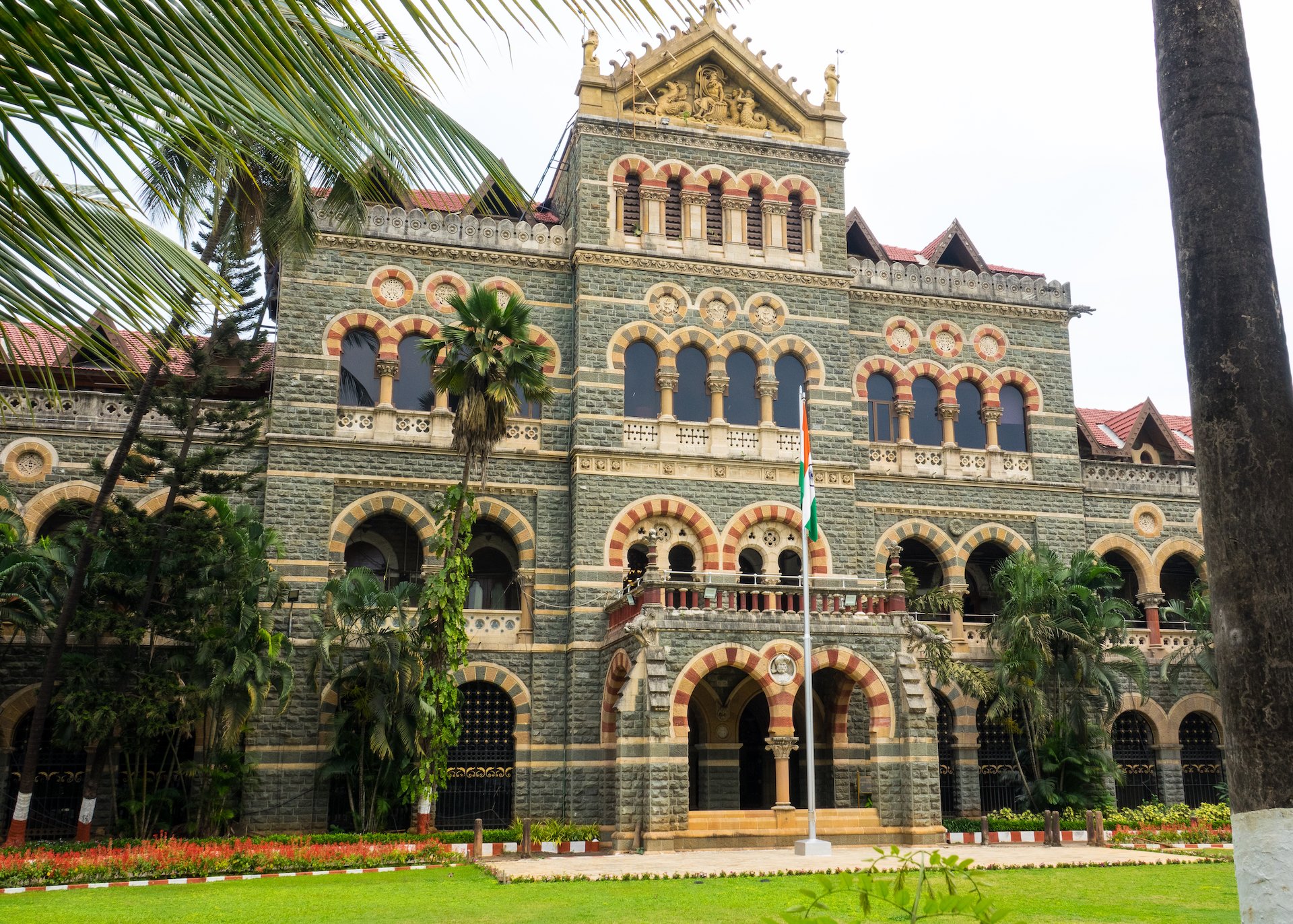

After India gained independence in 1947, the building was repurposed and converted into the Mumbai Police Headquarters in 1954. The building's architecture reflects the colonial style prevalent during the time of its construction, with large verandas, high ceilings, and intricate stonework. It might be the most beautiful building that I saw in the city.
On the walk over I had noticed a brewpub – a first on this trip – so I decide to stop and sample some of their beer. They were OK – none of it is ever cold enough – but I had a drink and a quick snack before heading back to meet up with Ram (my driver). He was napping in the car.
The next stop he proposed was Marine Drive, a scenic promenade that offers stunning views of the Arabian Sea and the city skyline. We managed to snag a parking spot right on the promenade and spent a little while enjoying the view. The water doesn’t look the nicest, but there certainly were a lot of people out enjoying the late afternoon.
We drove a little further up Marine Drive and stopped at Girgaon Chowpatty, a sandy beach area that seemed very popular with families. There was a huge sandy expanse that people were set up on, with a broad selection of food vendors providing all sorts of food options. There were a lot of people down at the water’s edge, dipping their feet. A few brave souls were swimming – you couldn’t pay me enough to get in that water. We enjoyed the sun and the breeze for a bit before moving on.
There were a couple of places I had wanted to see that did not work out. The Haji Ali Dargah Muslim temple looked cool, perched out on an island in the sea. It’s a Mughal-style island mausoleum, holding the tomb of Pir Haji Ali Shah Bukhari, a Muslim saint. They are in the middle of building a whole series of new freeways through the area, so it was not clear how to reach the site. I’m sure I could have figured it out, but there was no obvious parking either and I didn’t want to get separated from Ram.
The other was the Shree Siddhivinayak Temple. Dedicated to Ganesha, this grand Hindu temple features an inner gold-plated roof and carved doors. While the access was better, the whole temple was covered in scaffolding and tarped over. I am not sure what was going on, but some major renovations anyway. Plus, there was a big sign saying “no photography”, so that dampened by spirits and made dealing with the crowds less appealing. So we continued on.
The very decorative archway at the park - and the light was quite nice.
The arch at Shivaji Point Park
Ram had picked out a small park on the sea for the next stop, and it ended up being a winner! The park is called Veer Baji Prabhu Udyan (Shivaji Point Park). There was a small promenade out into the ocean and an elaborate carved arch, carved with images of Ganesha. It was stunning.
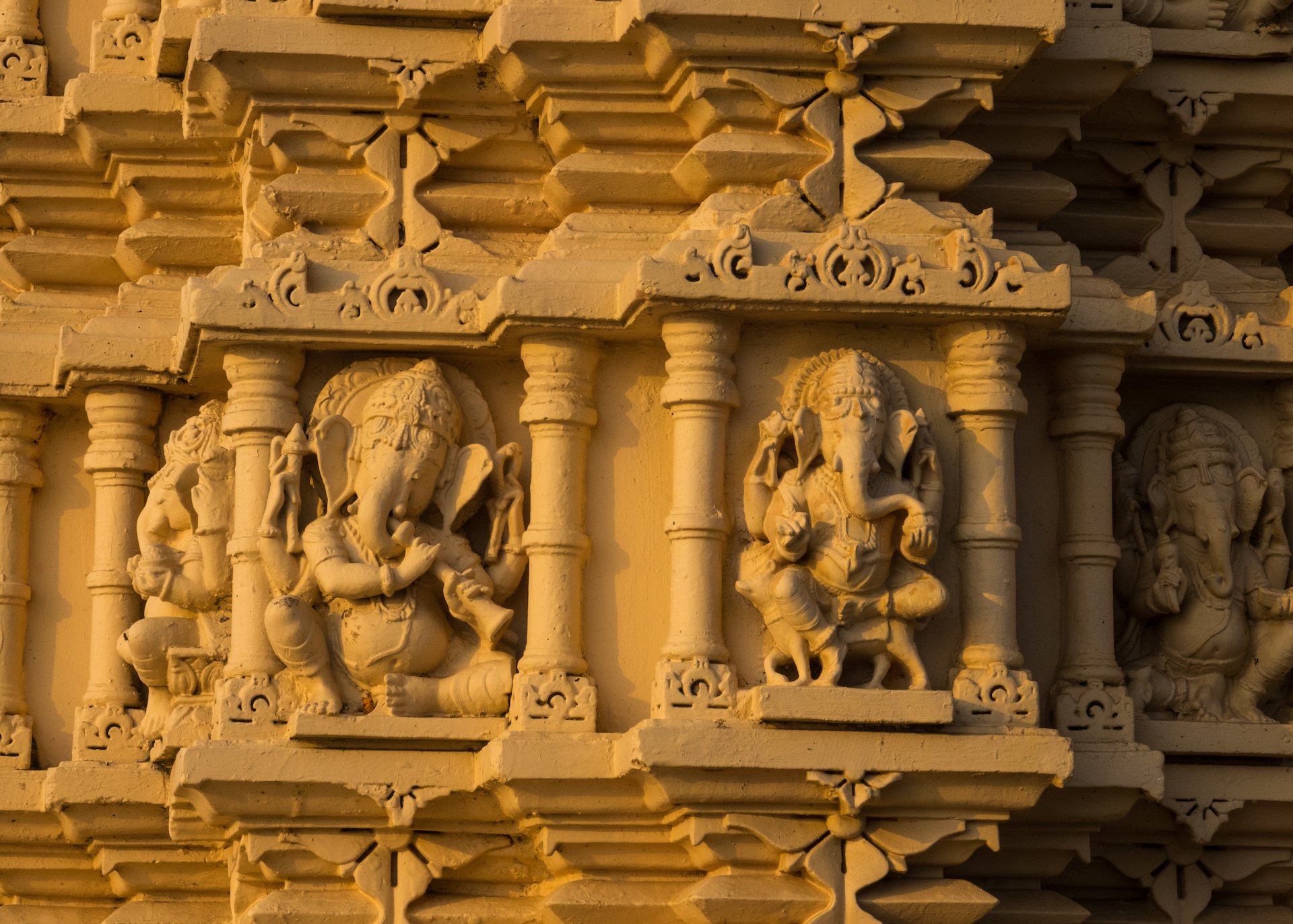
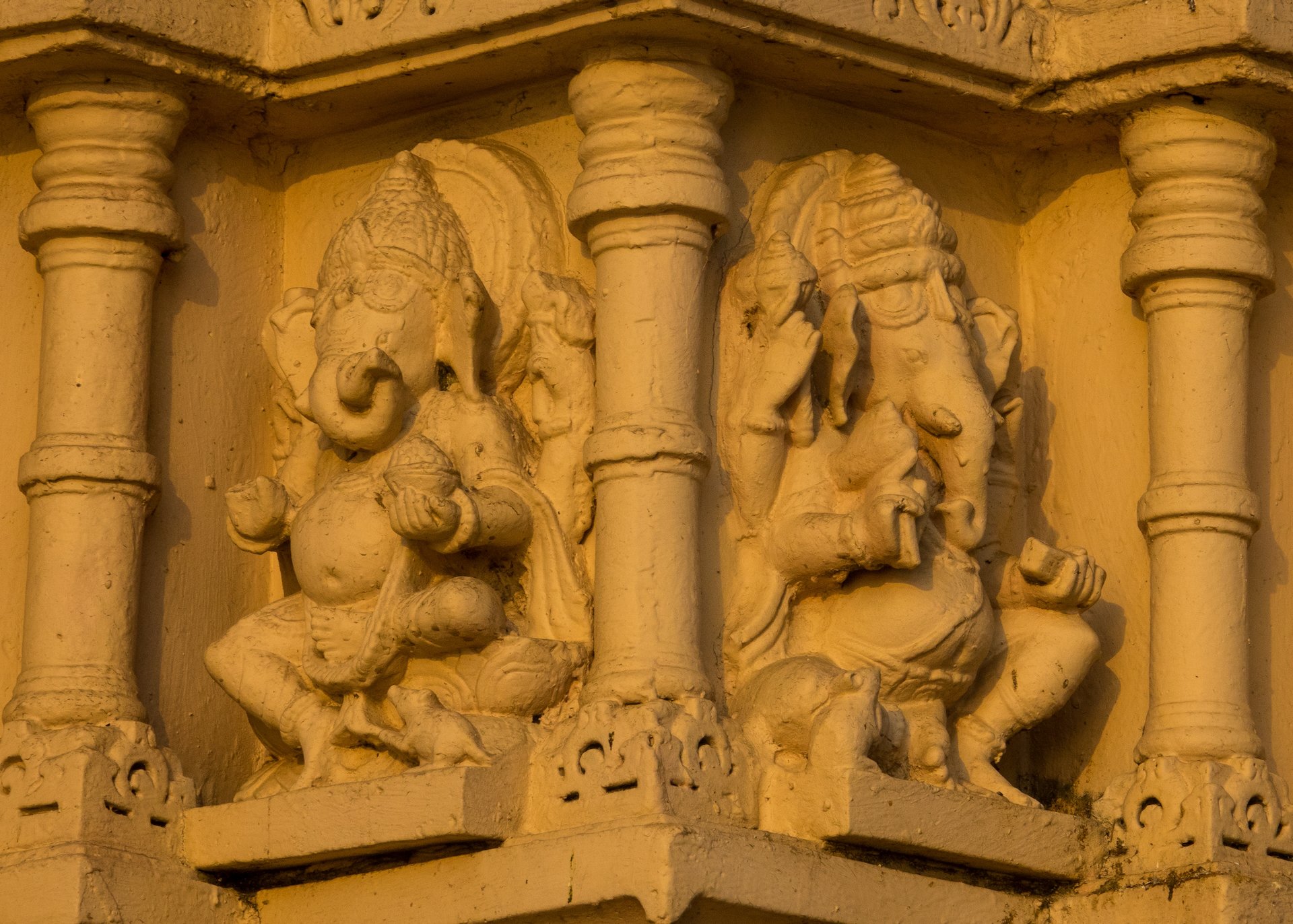
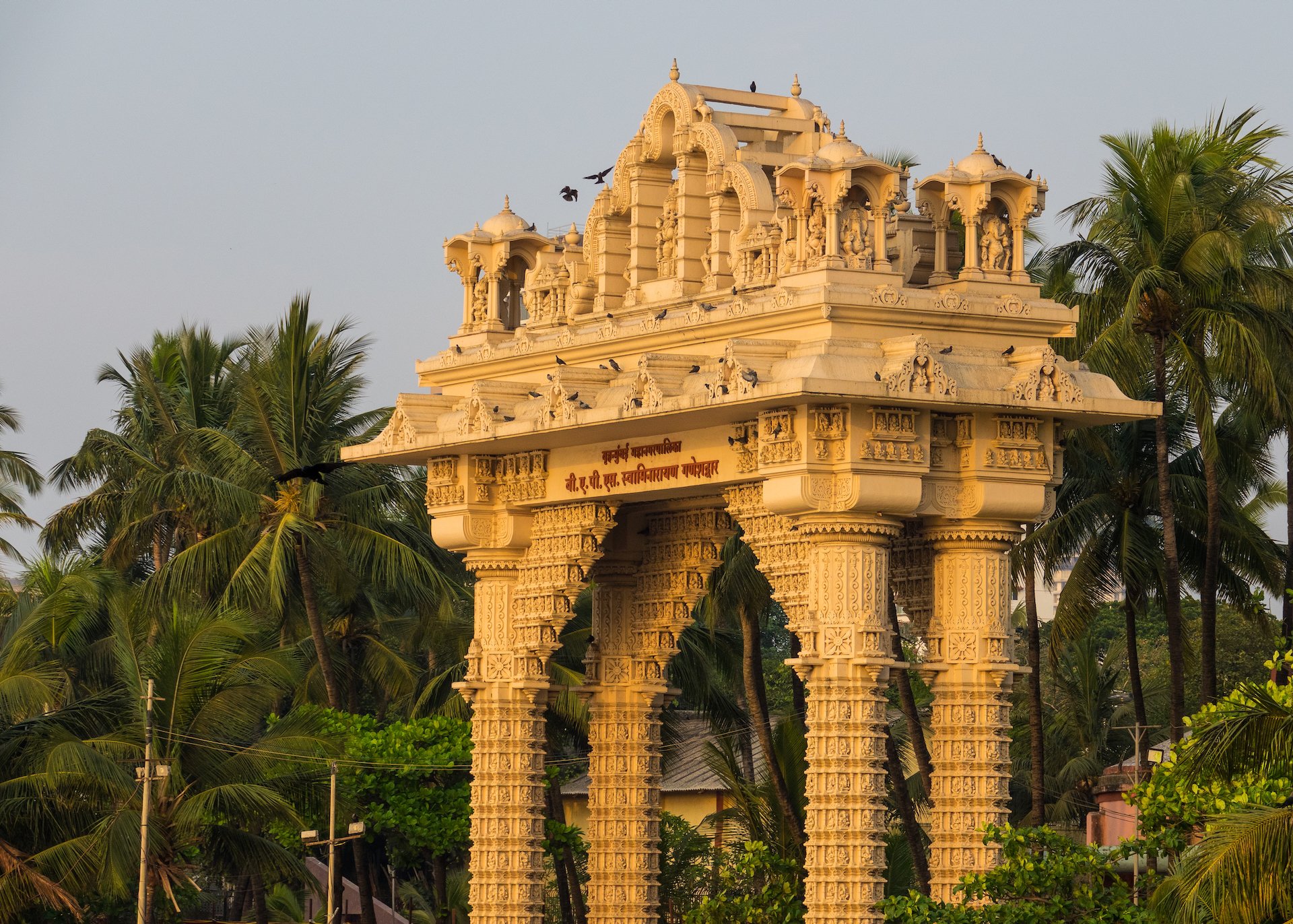
There was also a lot of activity on the beach, with horse rides for the kids and all kinds of food stalls. It was a lovely scene. We hung out for a bit, as the sun started to set.
Ram was out of ideas at this point, so I decided to free him and have him take me to the airport. It was about another half hour drive away. While I was early (really early) I was eager to make the long trip home and so I spent a lot of hours in the Mumbai airport before finally getting on the plane, taking my leave from India.
The very cool looking entrance to the International terminal at Mumbai airport.
